'The Bad Lads' School'
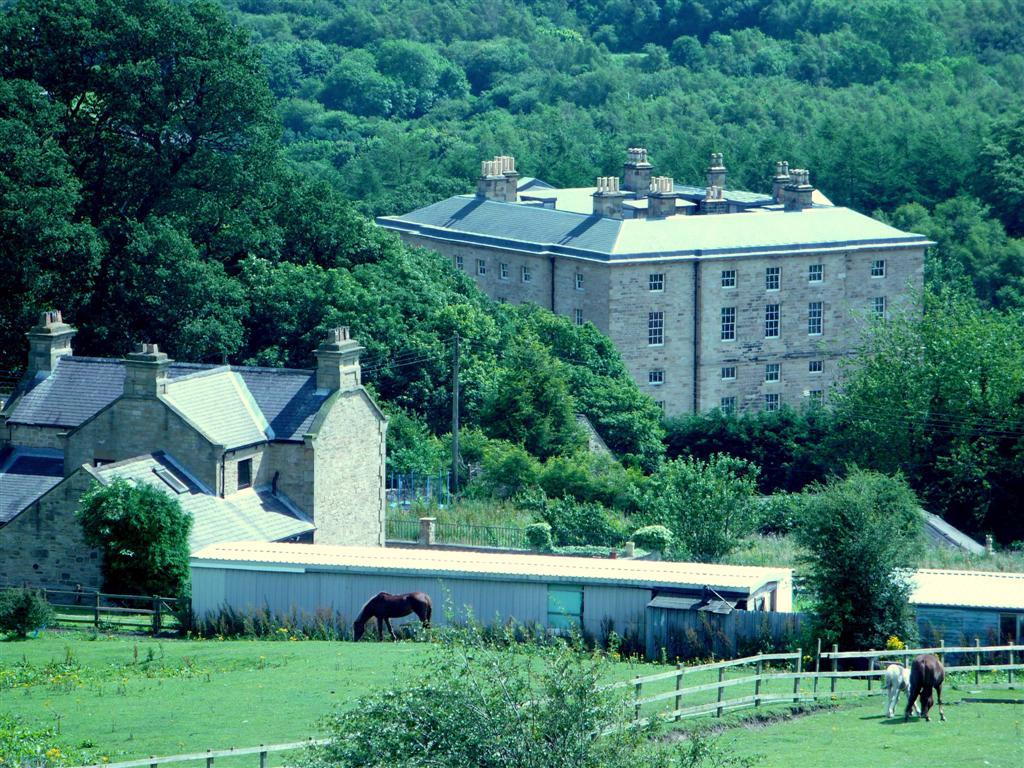
When we were teenagers in the 1950s we heard rumours about the 'bad lads' from Axwell Park and when we went over to that locality to play or on our bikes we used to be a bit scared we might meet them. I never did but my father told me he occasionally met some of them playing truant, when on night shift and travelling to work at Derwenthaugh Cokeworks. He used a short cut across Axwell woods to get to work. In those days everyone in the Blaydon area referred to 'the bad lads school' but its proper name is Axwell Hall (or Axwell House) and it is situated just east of Blaydon/Winlaton in lush woodland which descends down to the River Derwent.
Axwell Hall, a Grade 2 listed building, still exists intact and has an imposing appearance from the outside but it stands empty now, awaiting conversion to luxury private residences - this work is now underway. It has to be the finest building still standing in the Blaydon area, with the demise of Stella Hall in the 1950s.
Its history goes back to the Clavering family. They were land and mine owning gentry who were decreed a baronetcy 'Clavering of Axwell' in 1661, following the restoration of the monarchy. The family descended from 13th century Anglo-Norman nobility, the Lords of Clavering and Warkworth, from Alan de Clavering of Callaly Castle who passed away in 1328. Northumbrian branches of the family include Axwell, Callaly, Duddo, Berrington and Chopwell. Inter marriage also led to the Clavering-Cowper family.
It was in fact the grandson, merchant adventurer Sir James Clavering, who became the first Baronet in the family. He was Mayor of Newcastle and he purchased the Axwell Park estate in 1629 for £1700. An early manor house on the site was eventually demolished in 1758 by his descendant Sir Thomas Clavering, who replaced the house with a substantial mansion and assisted eminent architect James Paine (1712–1789) in the Palladian design of the new house. James Paine carried out some work on Stella Hall too.
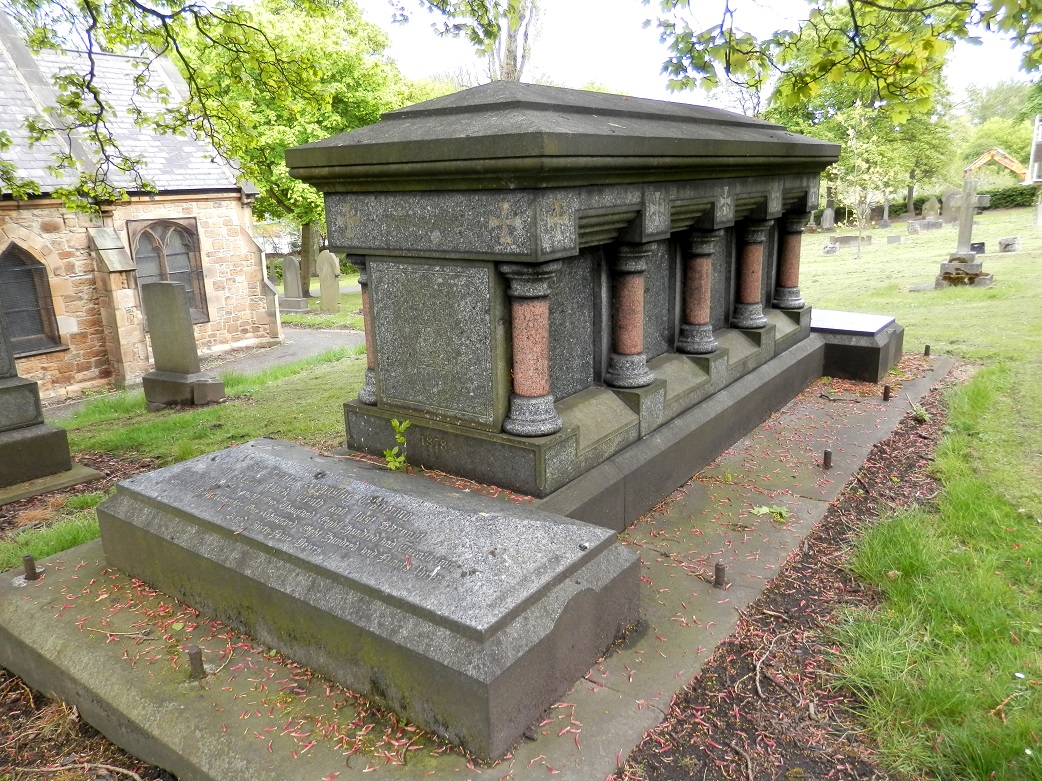
Clavering of Axwell wef. 1661
Sir James Clavering 1st Baronet (1620 – 1702)
Sir James Clavering 2nd Baronet (1668 – 1707)
- grandson of the 1st Baronet and High Sheriff of Northumberland in 1703
Sir John Clavering, 3rd Baronet (1672-1714)
Sir James Clavering, 4th Baronet (1708-1726)
Sir Francis Clavering, 5th Baronet (1673-1738)
Sir James Clavering, 6th Baronet (1680-1748)
Sir Thomas Clavering, 7th Baronet (1719-1794)
Sir Thomas John Clavering, 8th Baronet (1771-1853)
- nephew of the 7th Baronet, High Sheriff of Northumberland in 1817
Sir William Aloysius Clavering, 9th Baronet ( 1800-1872)
- High Sheriff of Durham 1859
Sir Henry Augustus Clavering, 10th Baronet (1824-1893)
No heirs – baronetcy ended.
Sir Henry, tenth baronet, is buried in Blaydon Cemetery. Photo above right. The grave bears the inscription below
Sir Henry Augustus Clavering
Of Axwell Park, tenth and last Baronet
Born thirtieth of August one thousand, eight hundred and twenty four
Died ninth of November one thousand, eight hundred and ninety three
Age sixty nine years
It also carries the words 'I bide my time'.
The period 1893 to 1922 at Axwell might be described as the Napier-Clavering era. I wish to express sincere thanks to descendant Dig Hastilow for sending information on this period and some wonderful photographs taken at that time and permission to show them here. These photos are his copyright.
Rev. John Warren Napier-Clavering (b. 1832) lived at Axwell with his wife Ann Maria Margaret Hunter. He was the son of Major Hon. Charles Napier (b. 1794, lived at Woodlands House, Taunton) so possibly he changed his name to 'Napier-Clavering' for some reason to do with the Axwell estate. John Warren Napier-Clavering had a number of children with the eldest, Charles Warren Napier-Clavering (b.1858), inheriting Axwell. Charles married Margaret Nevile Reid and had a single daughter, Helene Margaret Napier-Clavering (b. 1900). Charles was a Brigadier in the army (he seems to have spent a lot of time serving in India) and they bought Staplegrove House near Taunton around 1922 when Axwell was sold on to become a school as outlined below. Incidentally in 1932 Helene moved to Greenacre House also near Taunton. The photos below, kindly sent by Dig Hastilow, are followed by some I have taken in early August 2015 showing some similar views now. Its rather poignant to see the present situation and nice to think this great house is being renovated once again to be lived in and hopefully it will recover some of its former splendour.
Just below - lake and house 1910
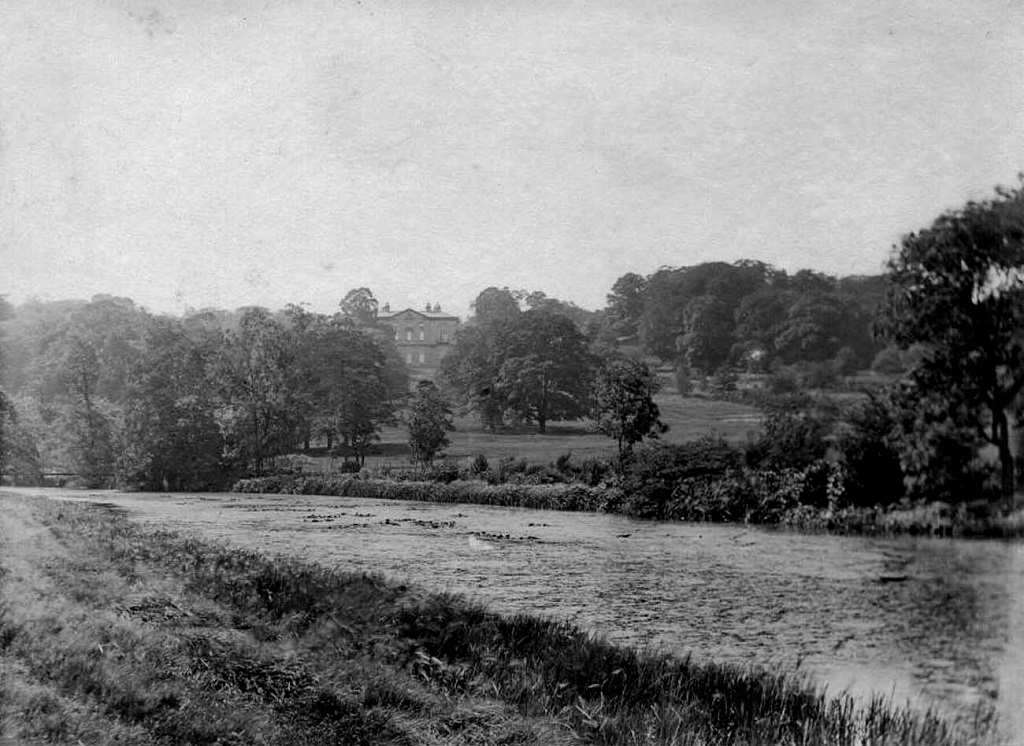
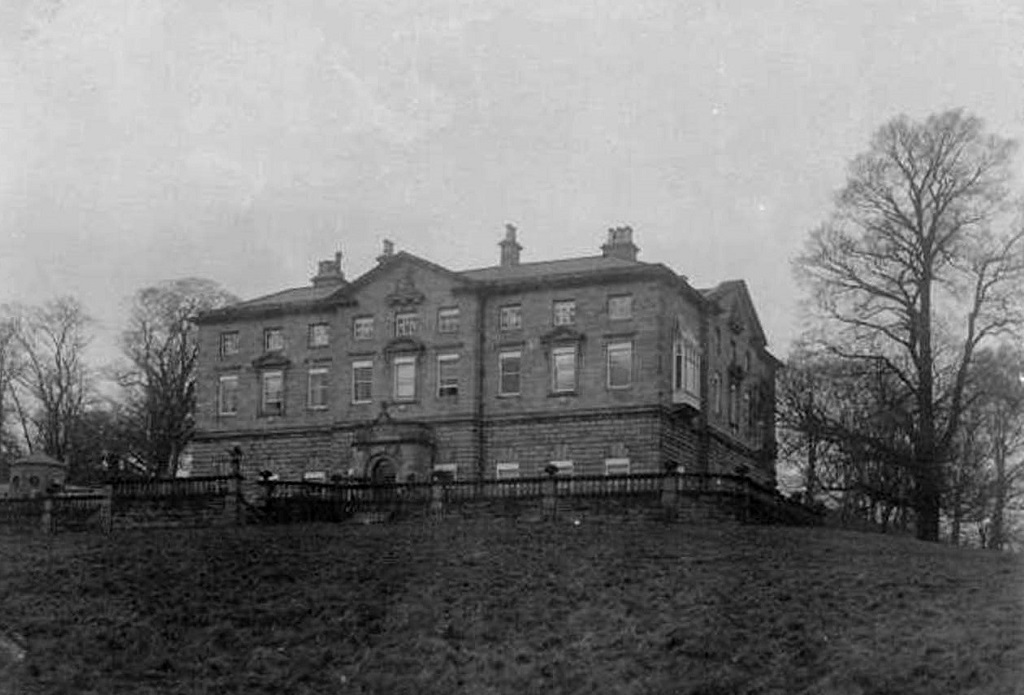
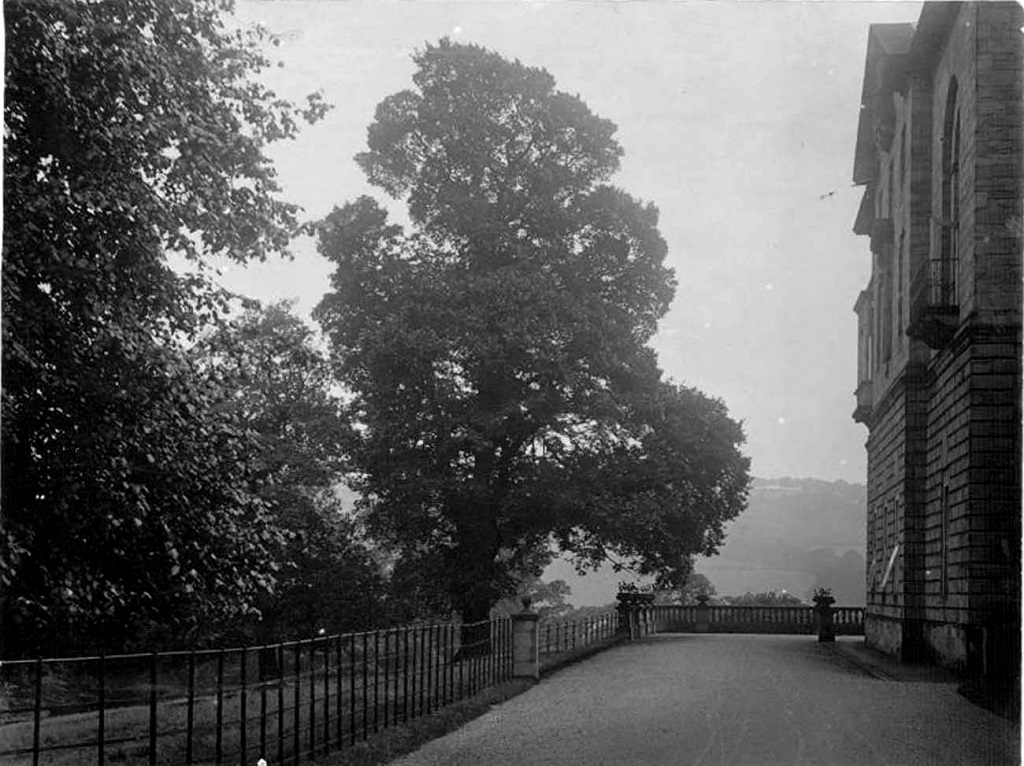
Below right - Axwell Park boundary wall and gatehouse. This flanked what is now the A694 Newcastle to Consett road. The lovely gatehouse no longer exists.
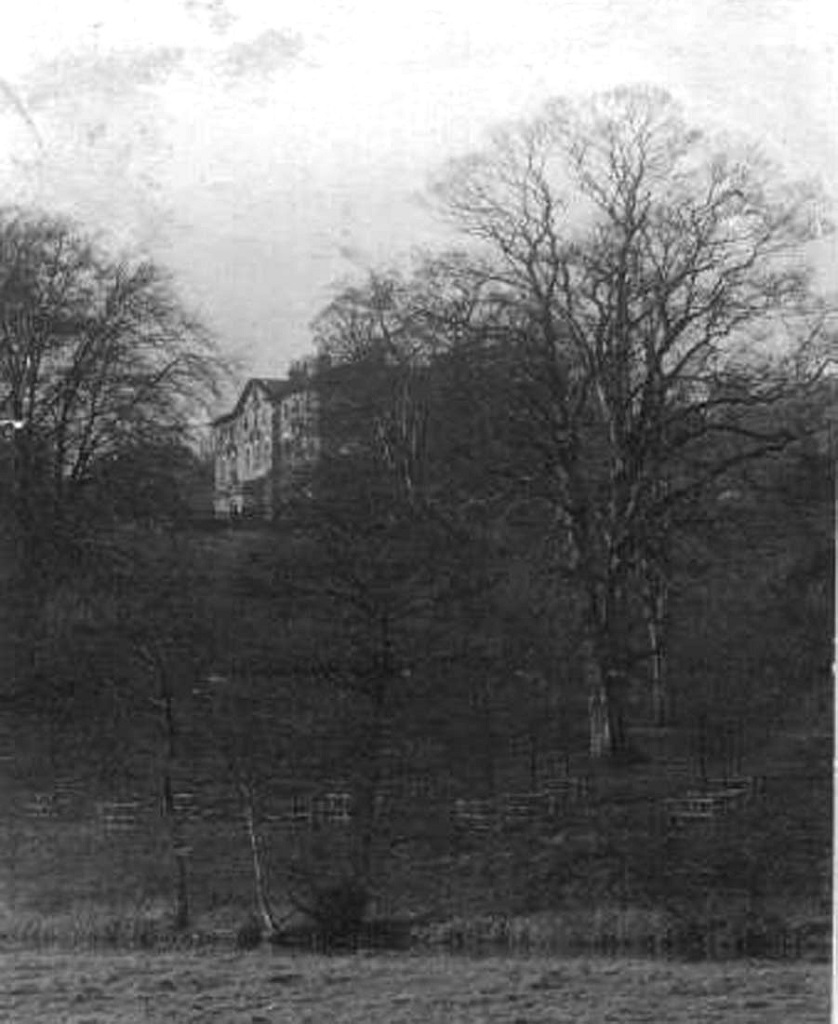
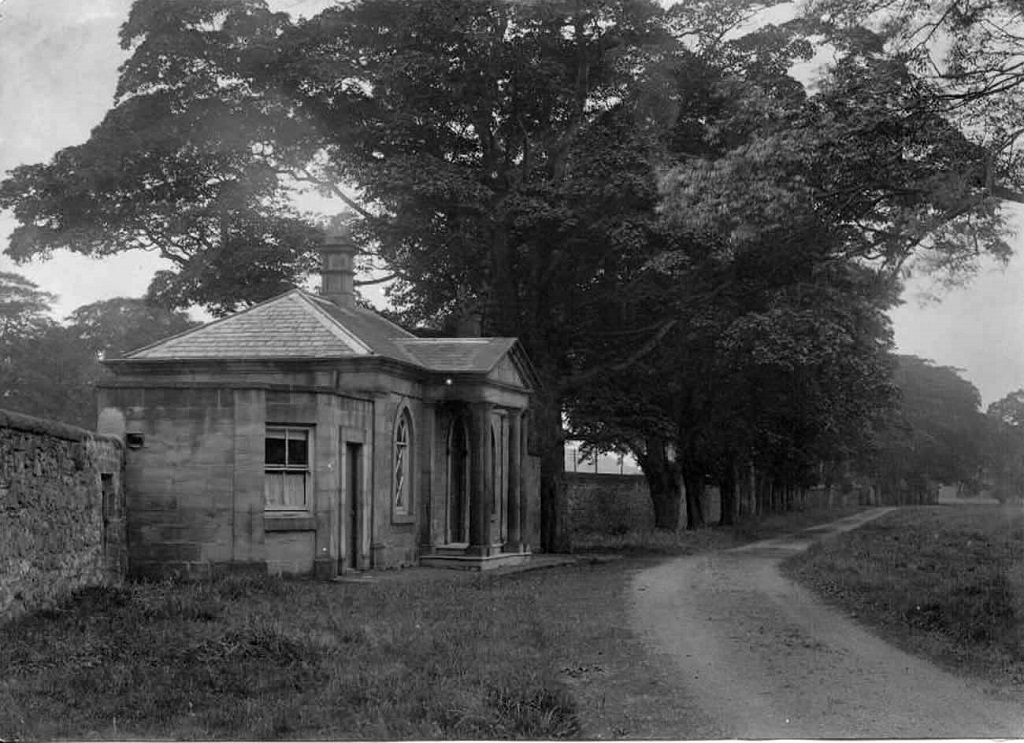
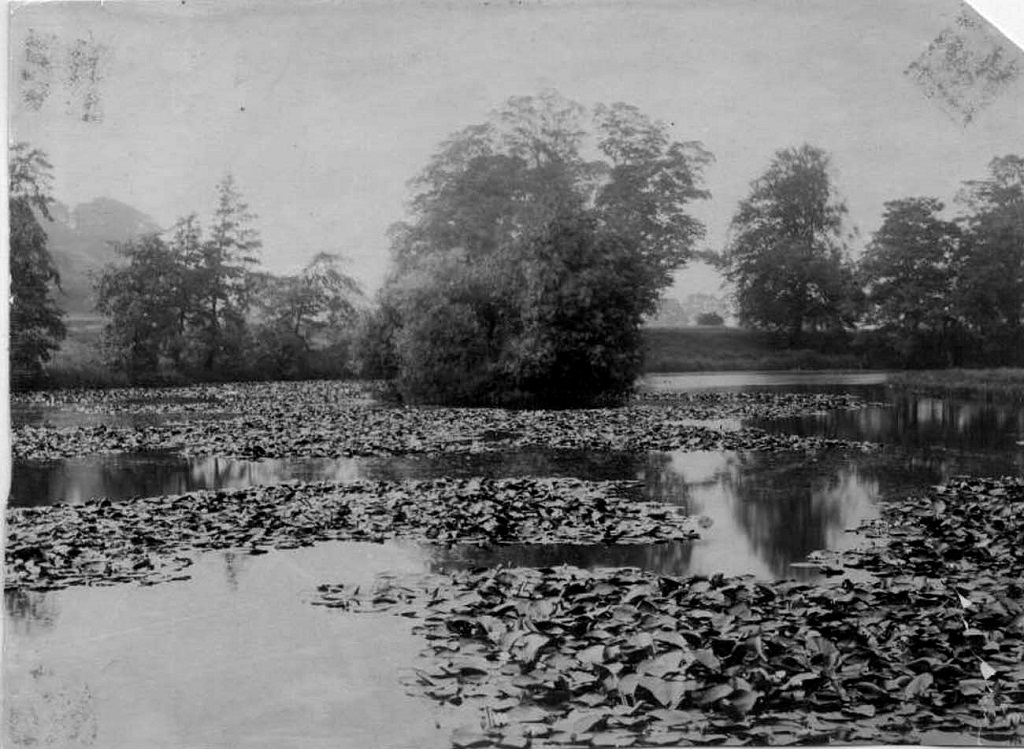
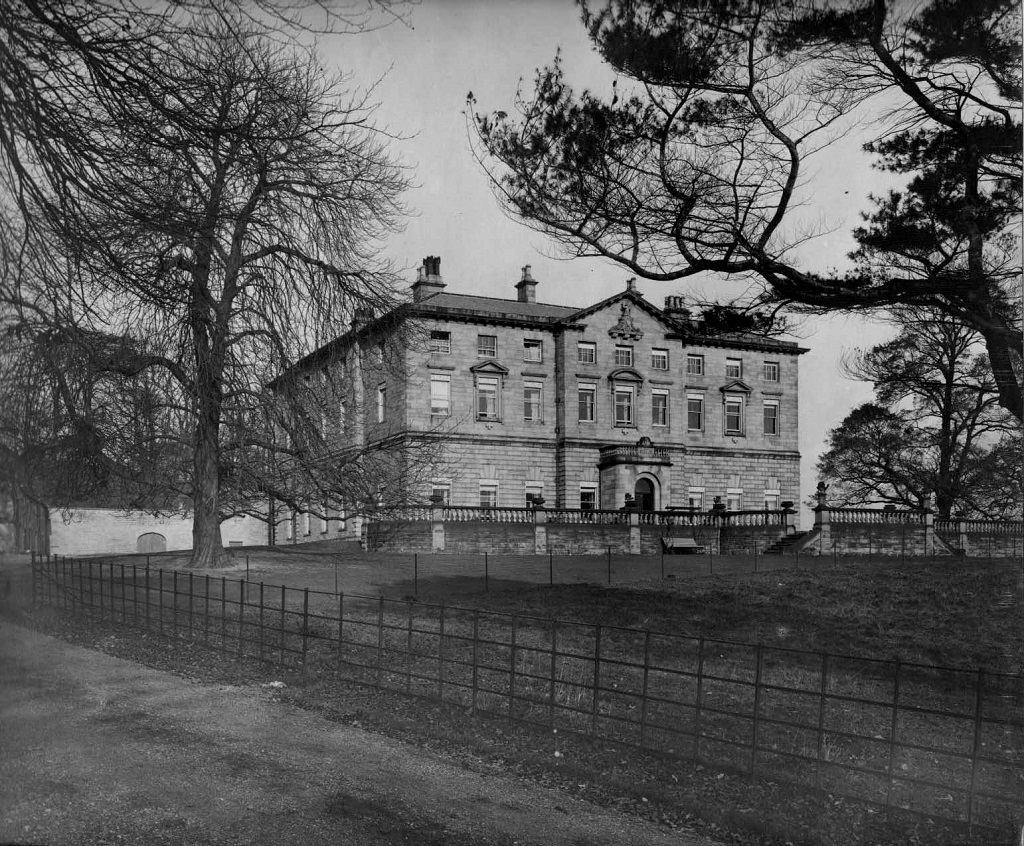
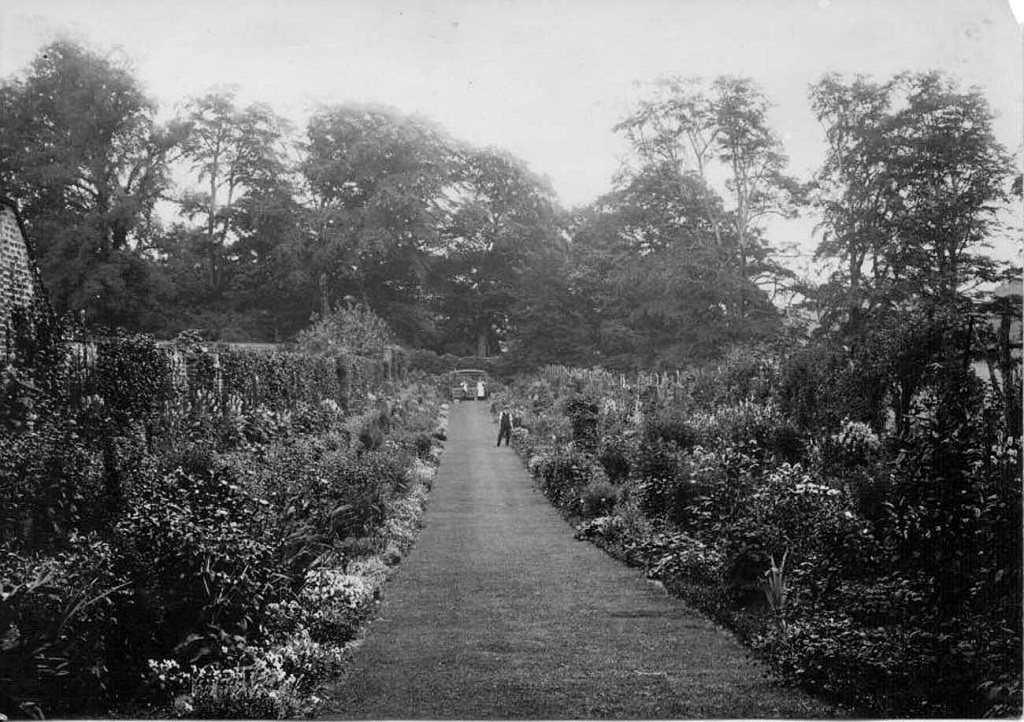
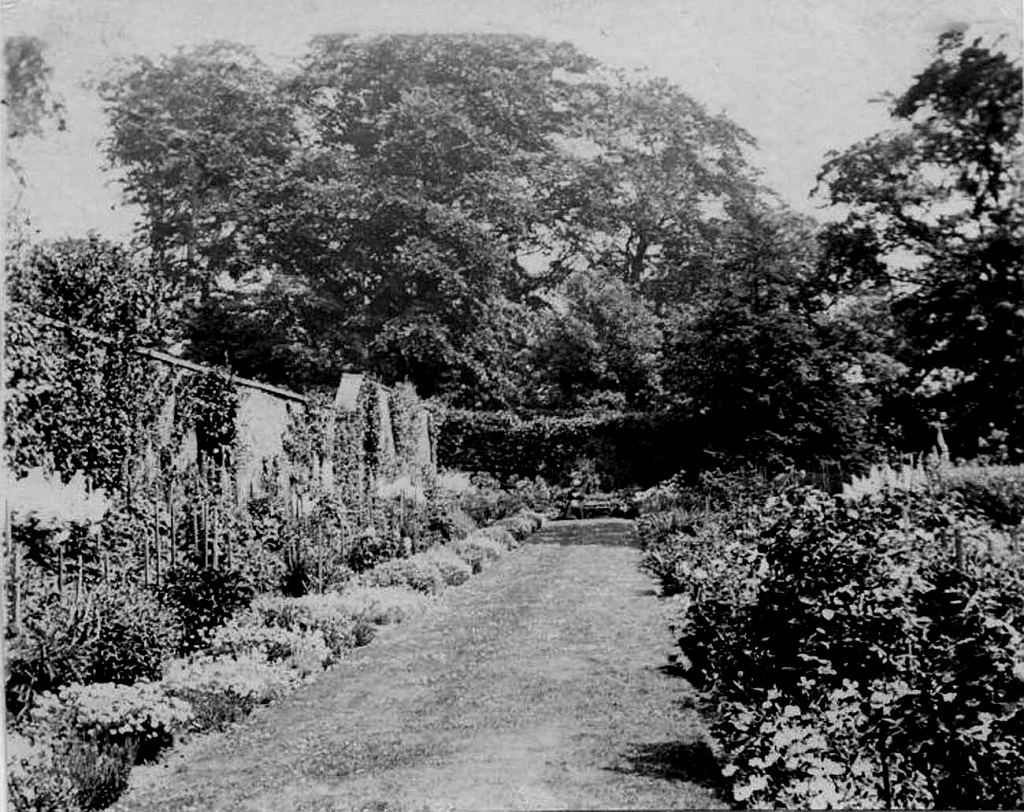
Below three photos of the Grand Staircase, below right when beautifully decorated for Helene Margaret Napier-Clavering's Flower Ball. And just underneath, the Napier-Clavering family in 1902.
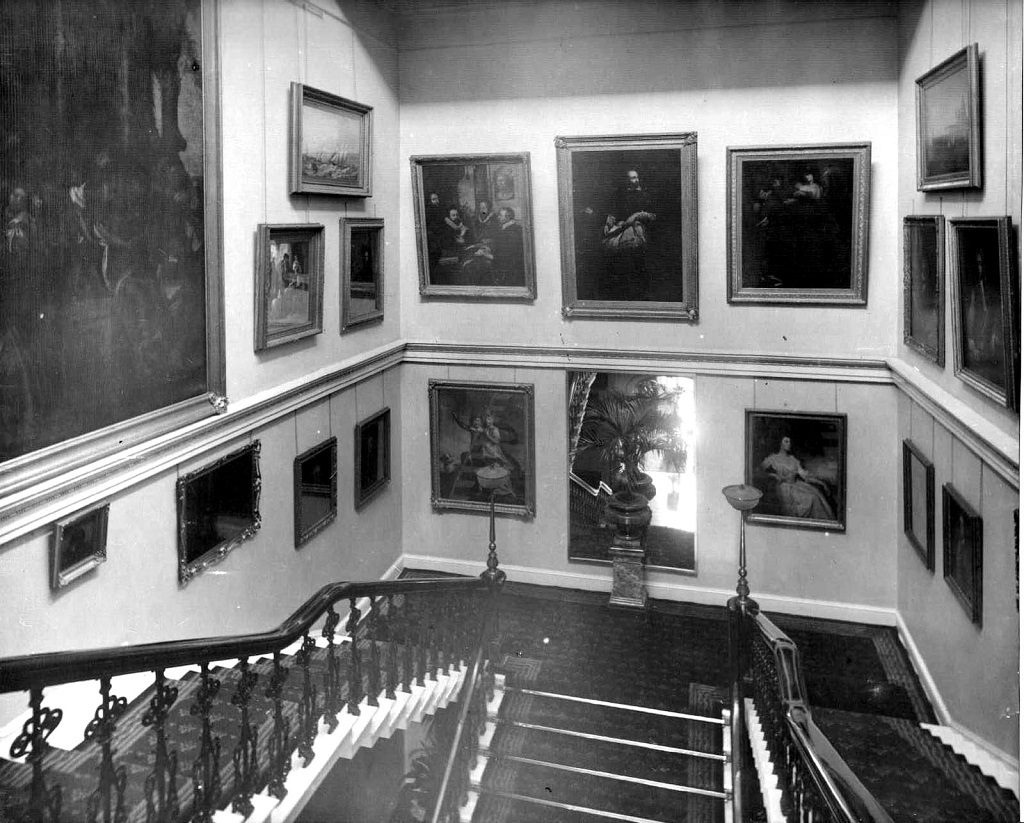
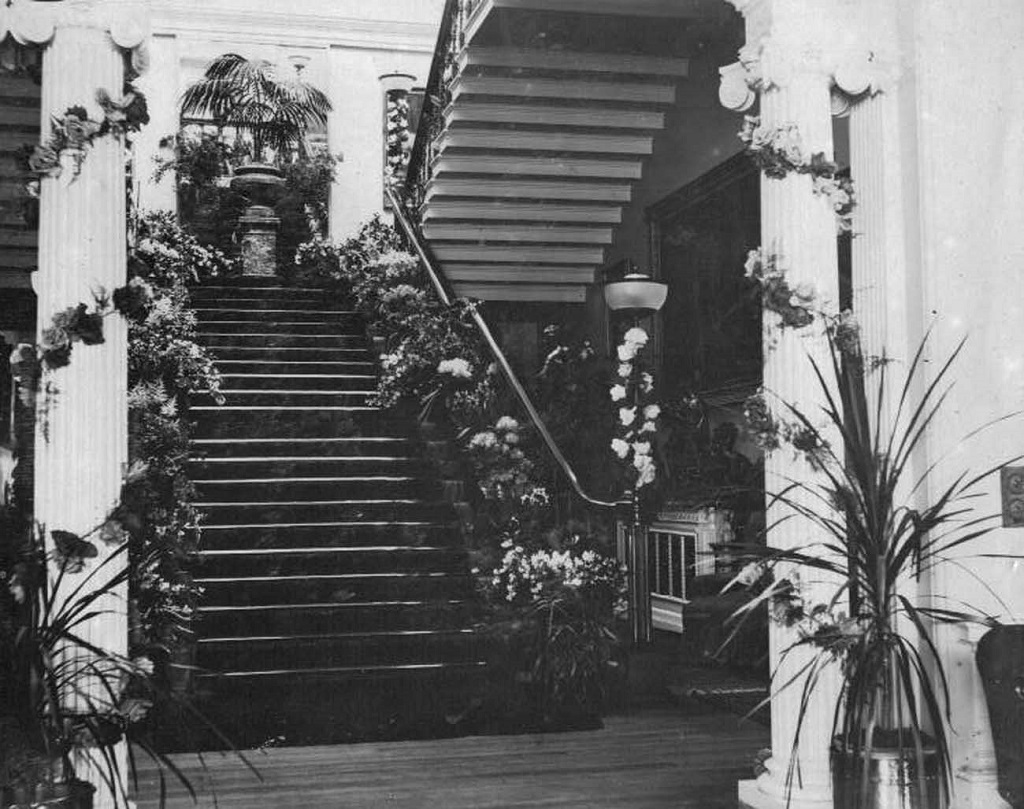
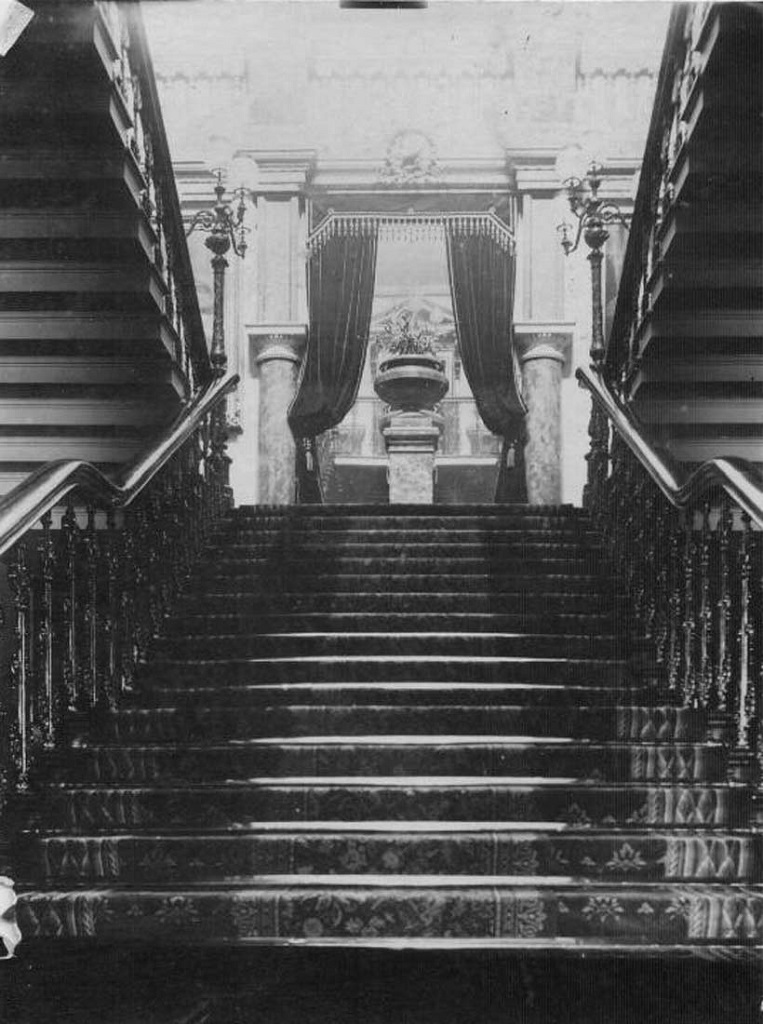
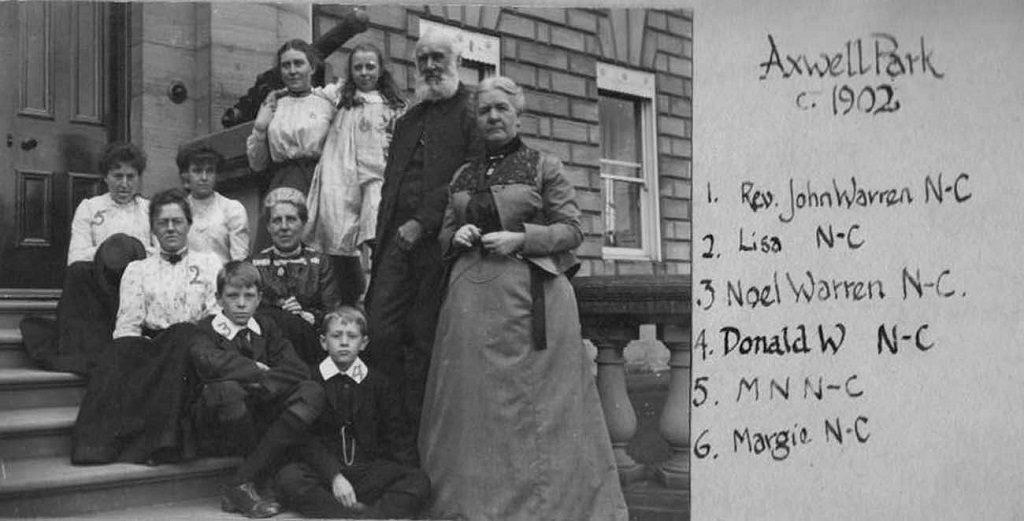
Below Charles Warren Napier-Clavering and wife Margaret Nevile Napier-Clavering feeding tame deer at Axwell.
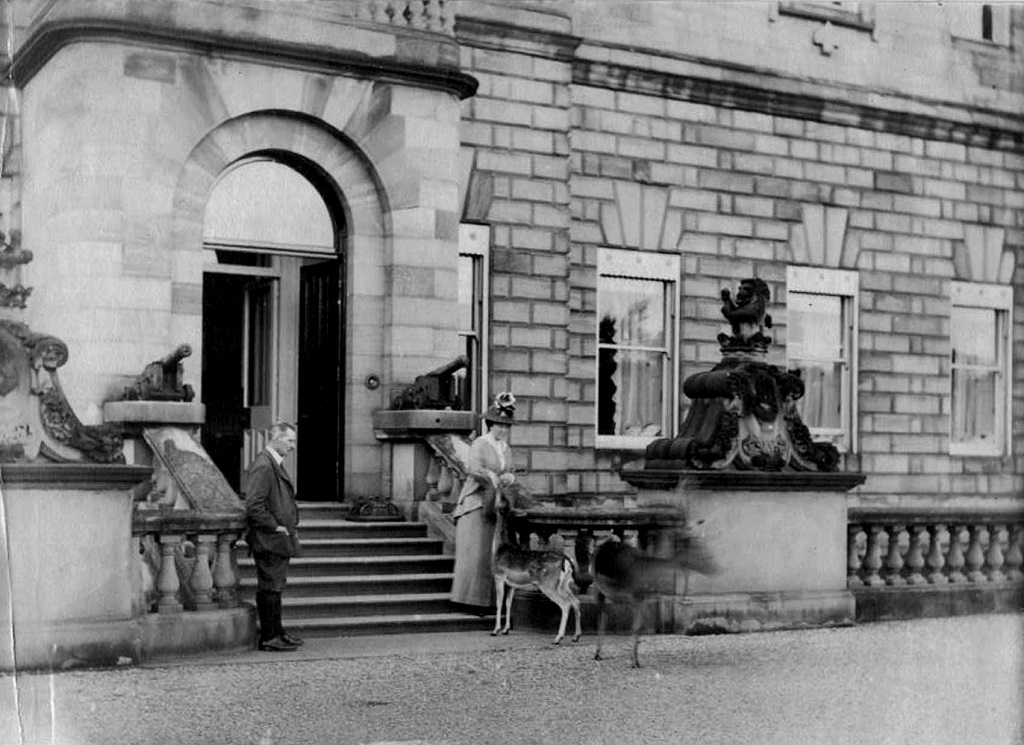
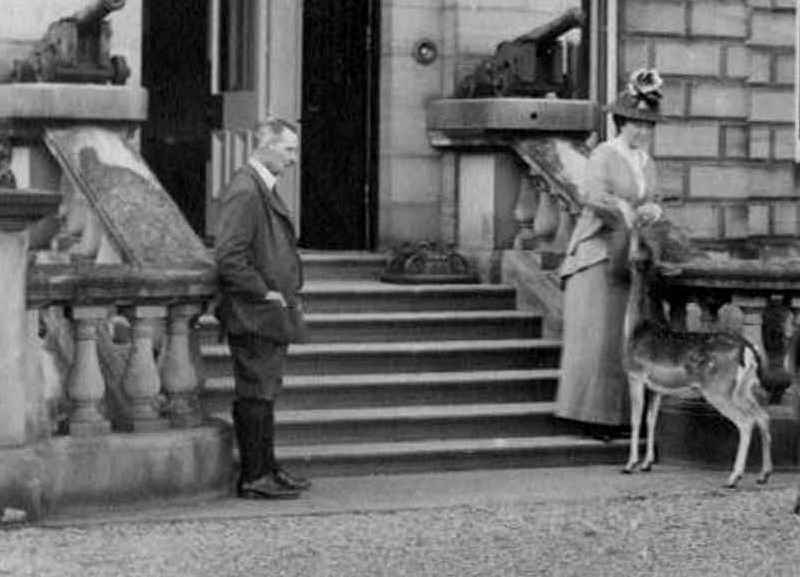
Below left Margaret Nevile Napier-Clavering with Porthos and right - Nancy, Vera and Helene Napier-Clavering.
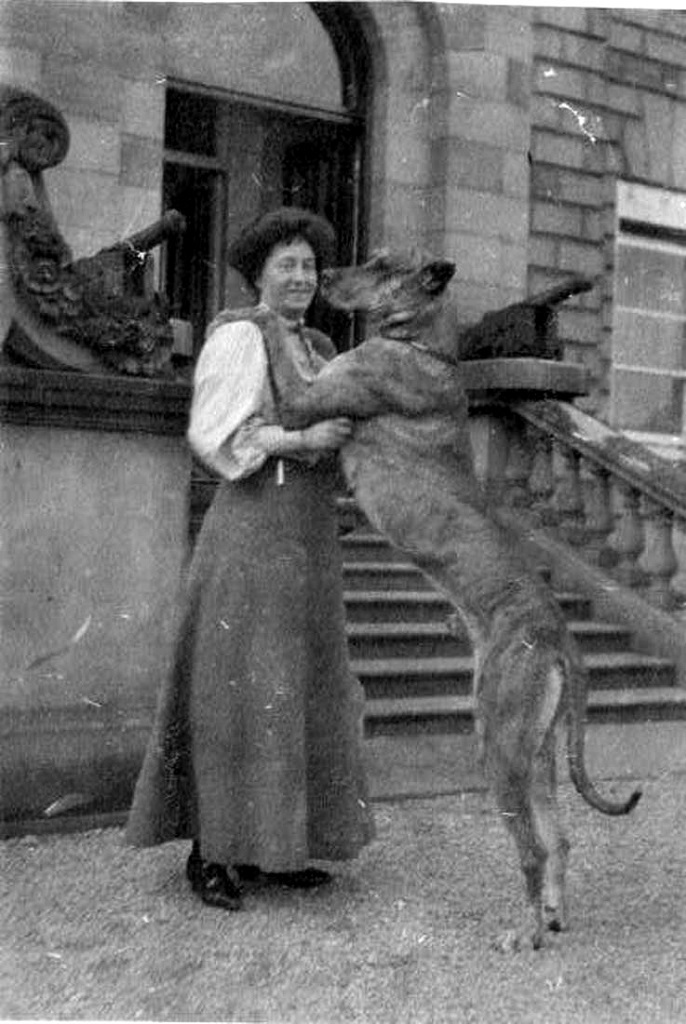
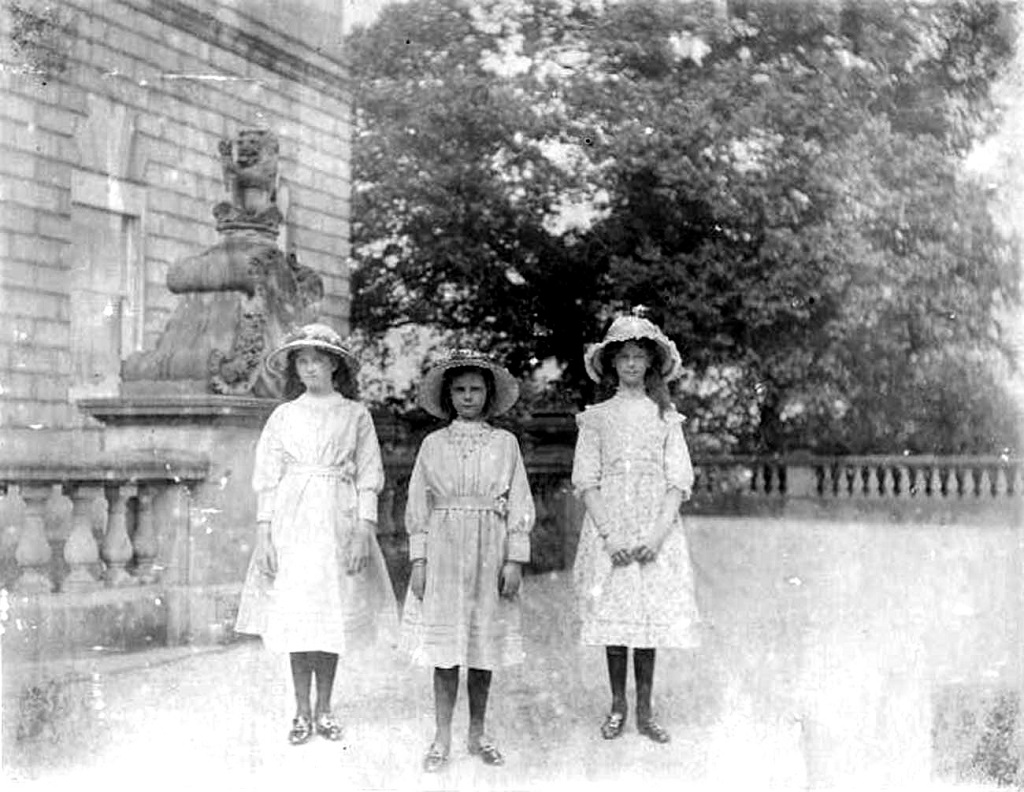
Below a painting of Axwell Hall and the estate in the beautiful Derwent Valley.
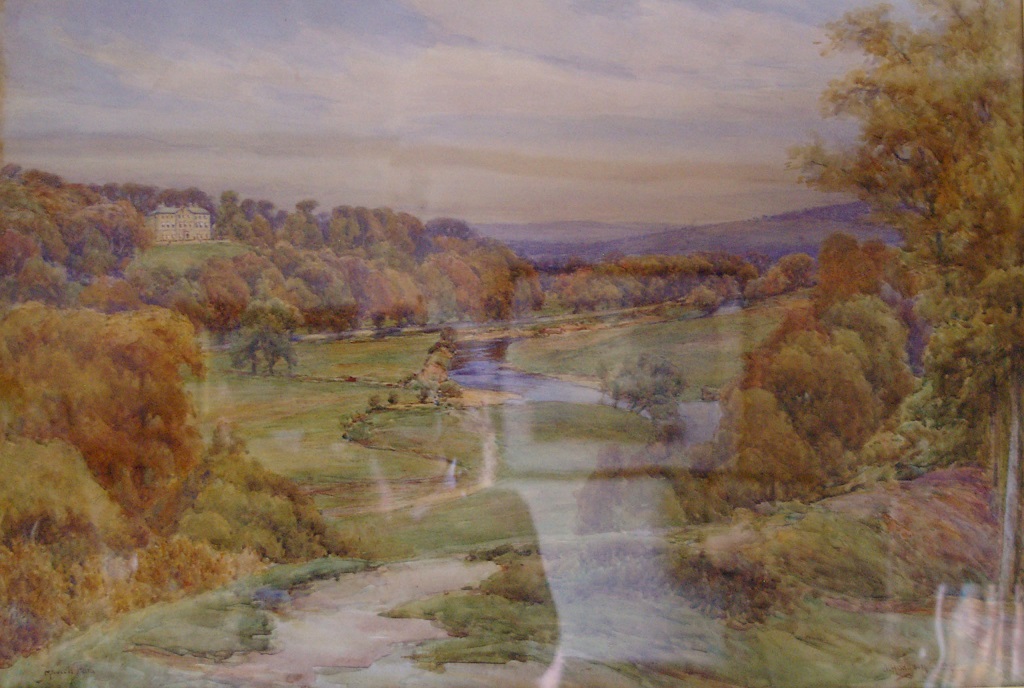
Below photos of a few similar viewpoints taken in early August 2015.
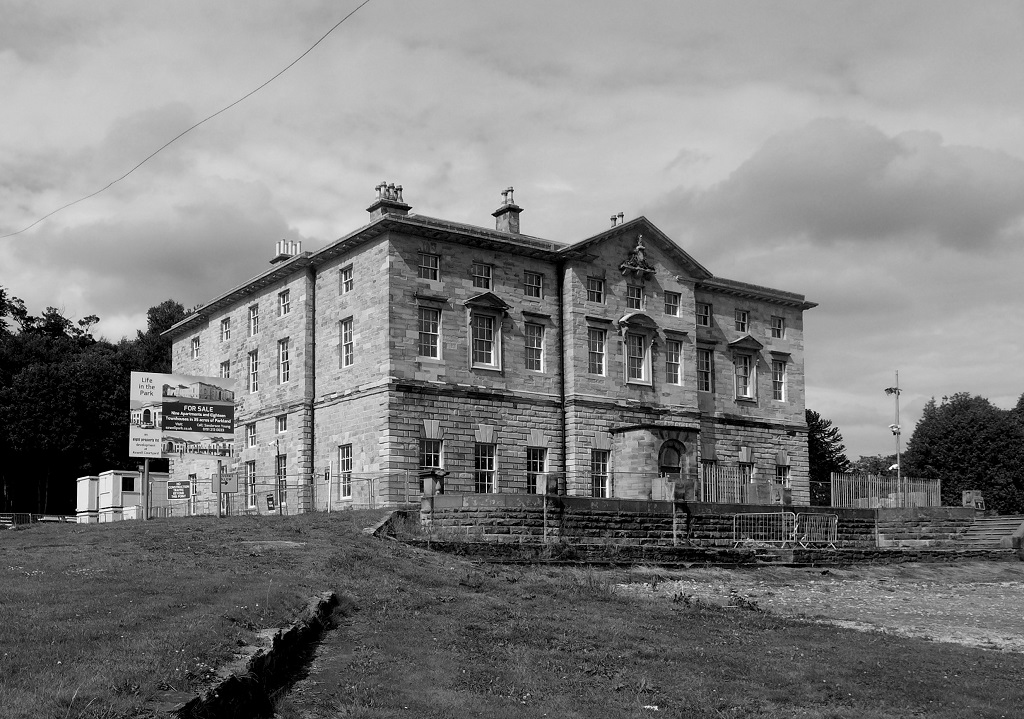
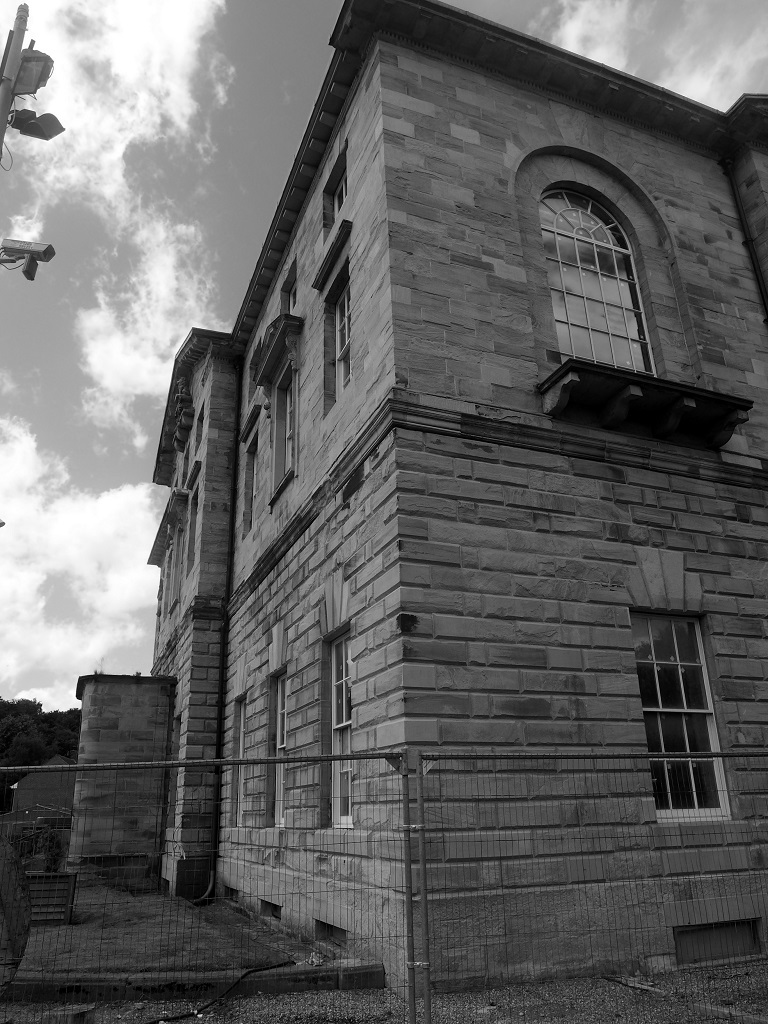
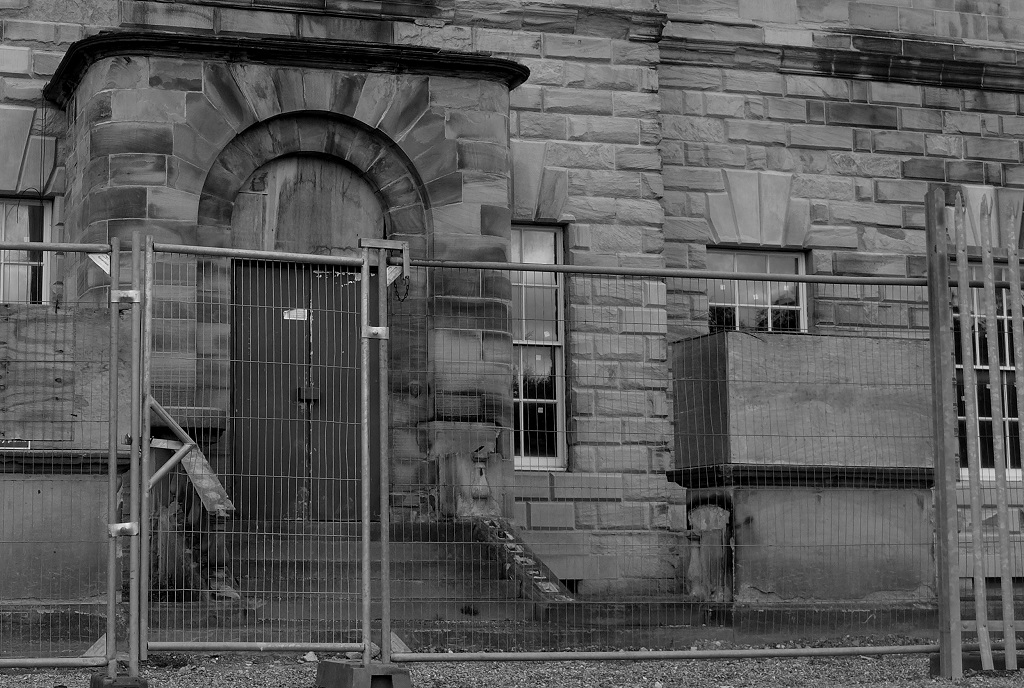
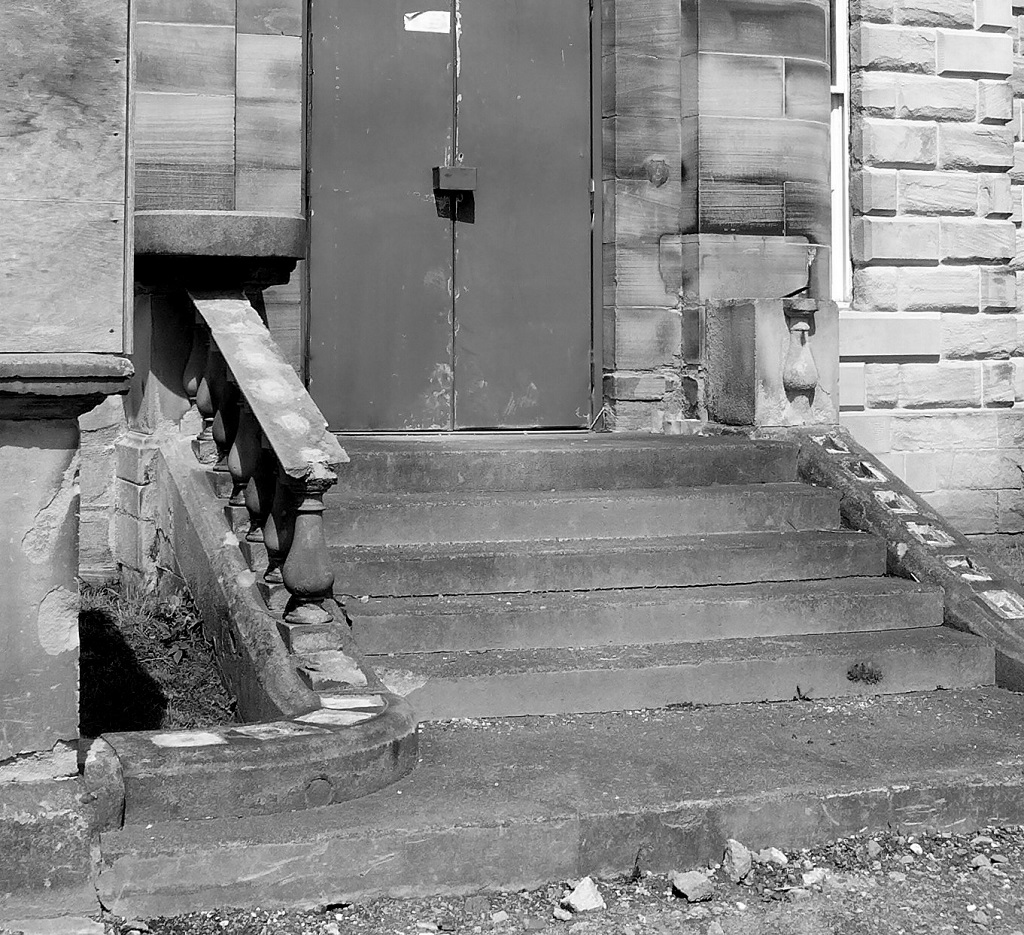
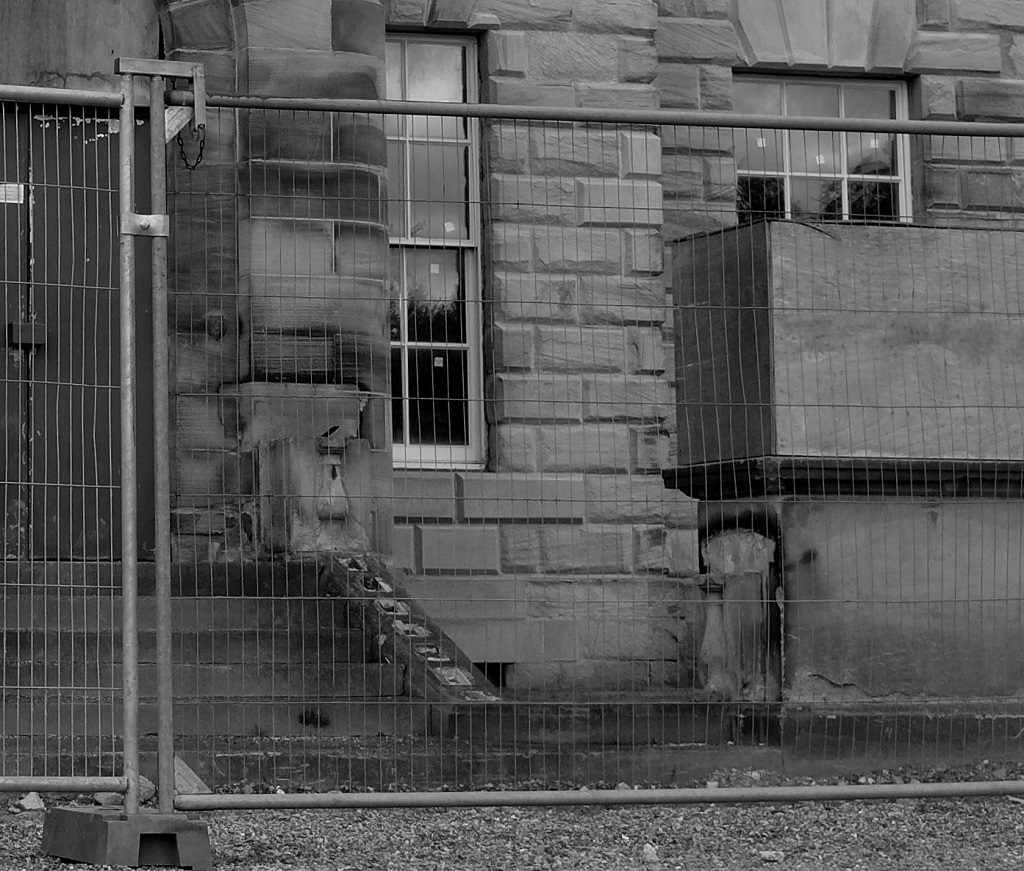
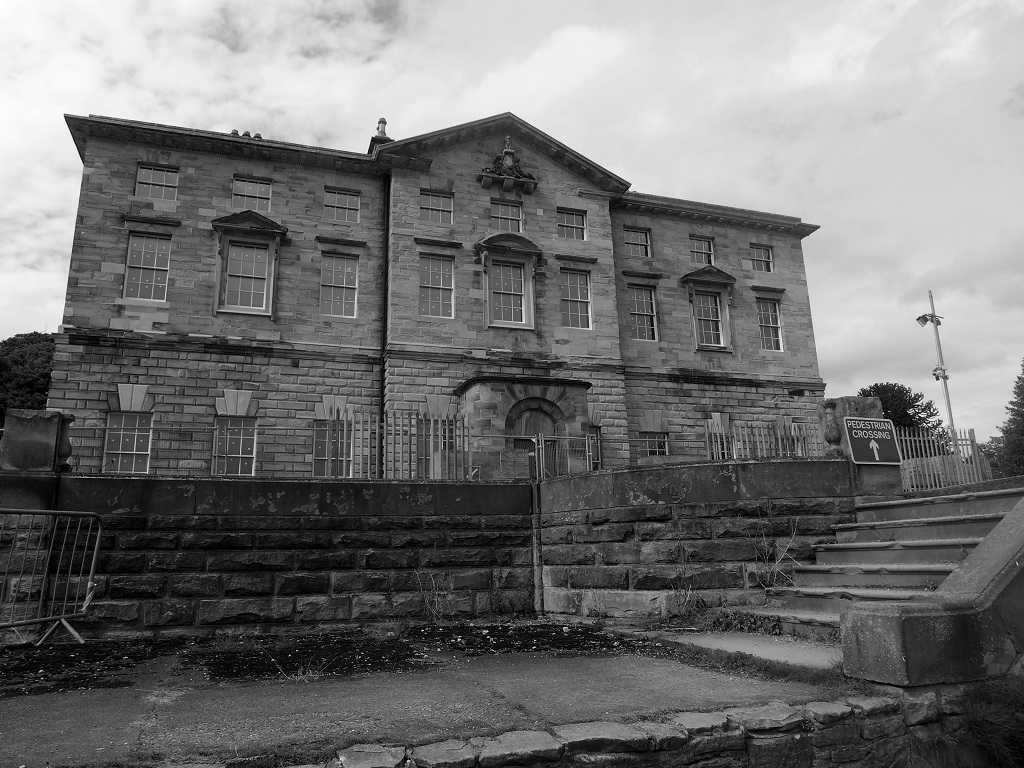
The Axwell gates are interesting as these were moved to Staplegrove House (complete with Napier-Clavering family coats of arms), then the coats of arms were moved to Greenacre House and both are still there, in situ. The photos just below show the Axwell entrance and gate at that time and now minus the gates (the bridge presently has protective boarding due to lorries passing in connection with the building work at the hall); the gate with crests after removal to Staplegrove then with crests removed; finally the two crests at their present situation, Greenacre House.
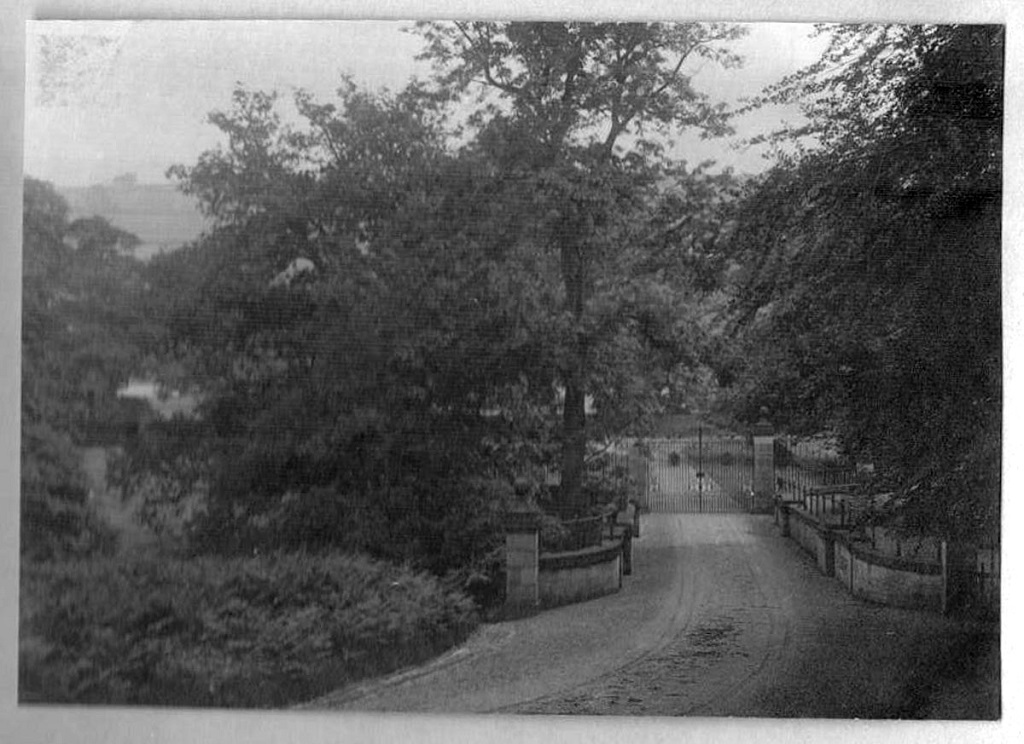
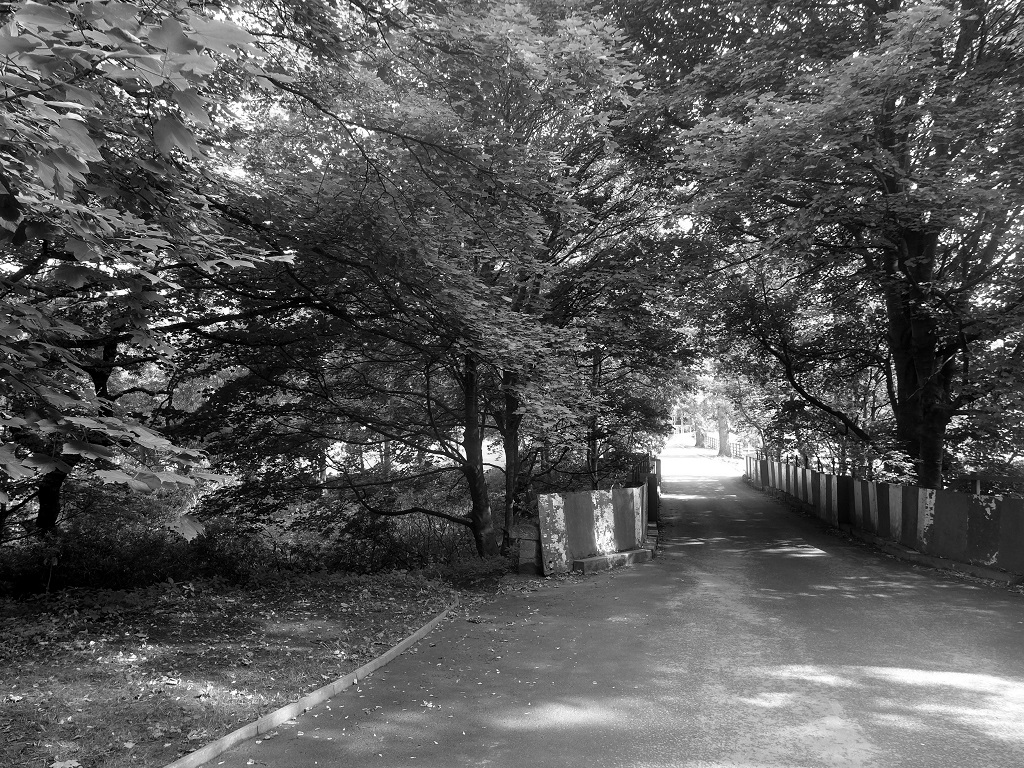
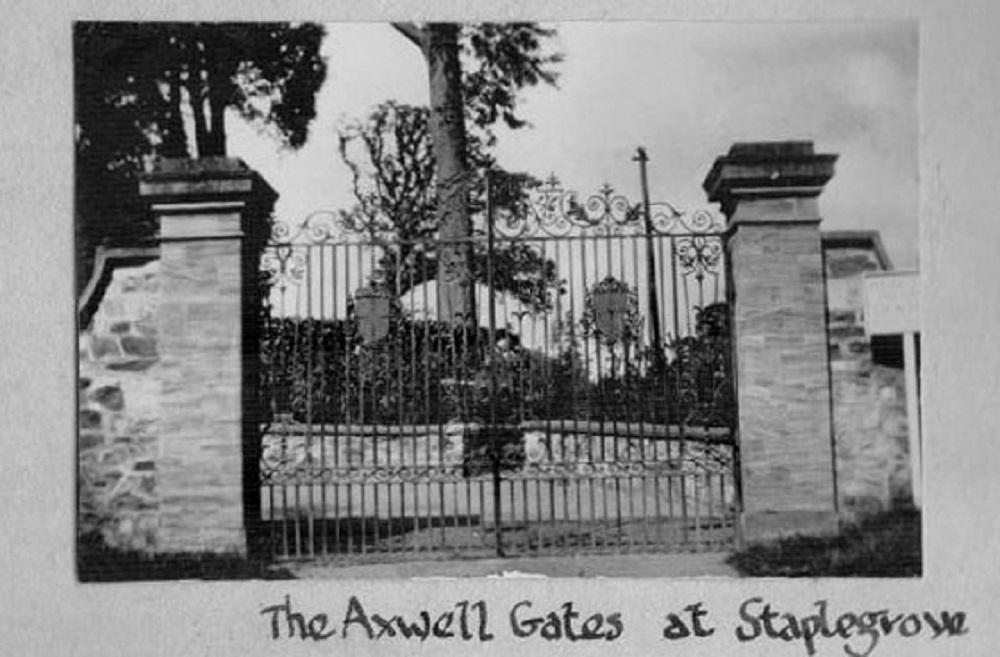
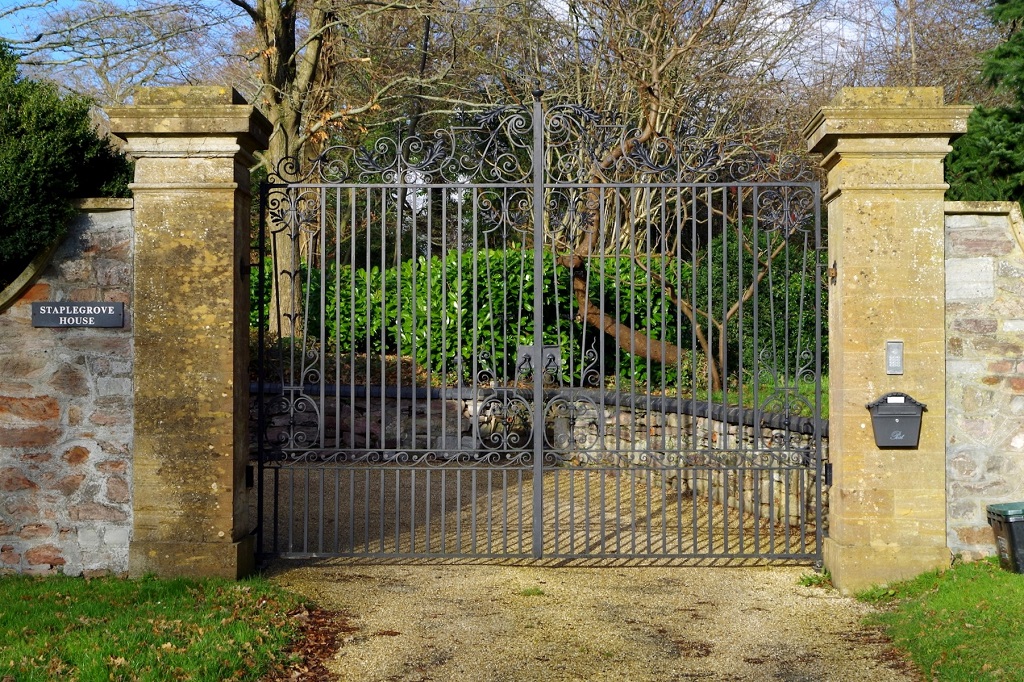
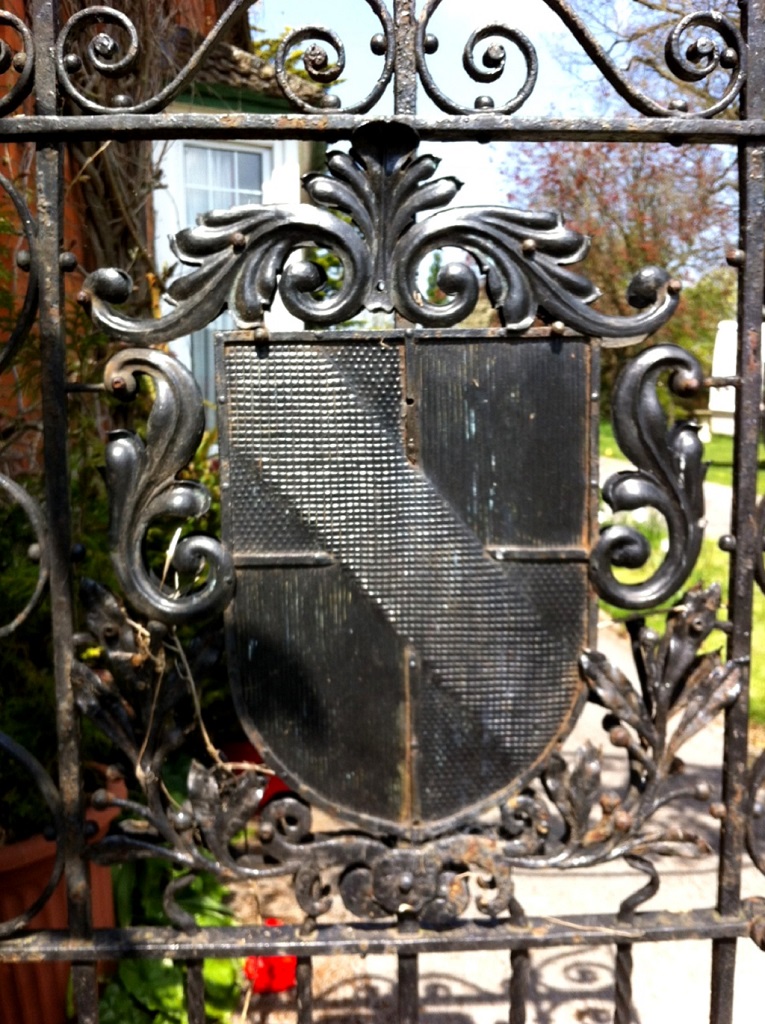
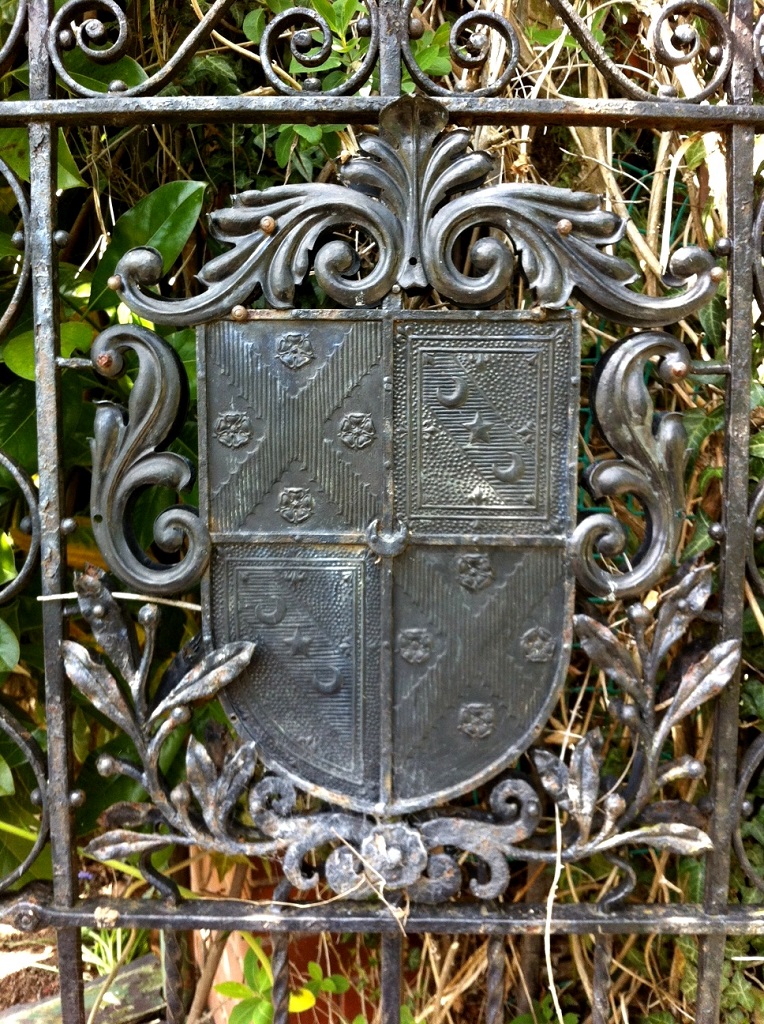
A new era dawned when Axwell Hall was chosen as an Industrial School (1922) then an Approved School (1933). The evolution of Approved Schools is in itself interesting. They were formerly used in the United Kingdom for a residential institution to which young people could be sent by a court, usually for committing offences but sometimes because they were deemed to be beyond parental control. They were modelled on ordinary boarding schools, from which it was relatively easy to abscond. This set them apart from borstals, a tougher and more enclosed kind of youth prison. The term came into use in 1933 when Approved Schools were created out of the earlier 'industrial' or 'reformatory' schools. Following the Children and Young Persons Act 1969, they were replaced by Community Homes, with responsibility devolved to local Councils. Below is some information on the origins of Axwell Park Approved School, with thanks to Tyne and Wear Archives, which in italics below is quoted more or less verbatim.
Founded in 1847 as Newcastle Ragged School, for 50 boys, with premises at Sandgate, soon moving to Gibson Street. Initially for boys only, a girls' school was established in the same premises in 1848, run by a separate committee (the 'Ladies Committee') but jointly financed from 1854. The school moved to new premises at Jubilee Road in 1855, designed by John Dobson, and was re-certified in 1859 as an Industrial School for 175 inmates. The girls' school closed in 1909, and the maximum number of inmates was reduced to 150.
In 1922 the school moved to Axwell Park, Blaydon on Tyne, and with the closure of other Industrial Schools in the north-east, took in boys from Sunderland, Durham, Middlesbrough and further afield, as well as Newcastle. It was re-designated in 1933 as an Approved School for 150 boys, taking boys from a much wider area including Yorkshire and Northumberland.
Administration of the school transferred from the Home Office to Newcastle City Council in 1973, when it was run as a Community Home. In 1976 an Assessment Centre, Clavering House, run by Newcastle Social Service Department, was constructed in the former walled garden. The school was finally closed in 1981, and the Hall and most of the grounds sold in 1985. Clavering House remained in use until c. 2003.
Talking of the Axwell boys, one of the Blaydon locals reminded me that every Sunday morning, without fail, they marched in file, in uniform and with hobnail boots, from the school to St Cuthbert's Church, Blaydon. They attended the morning service and then they marched back again.
Axwell Hall now stands empty but nevertheless looks magnificent and imposing from the exterior. In recent times the building and grounds were acquired for redevelopment as high class, private accommodation (luxury apartments and town houses). This work is now well underway so this fine house, which has stood empty for years, now has a bright new and secure future.
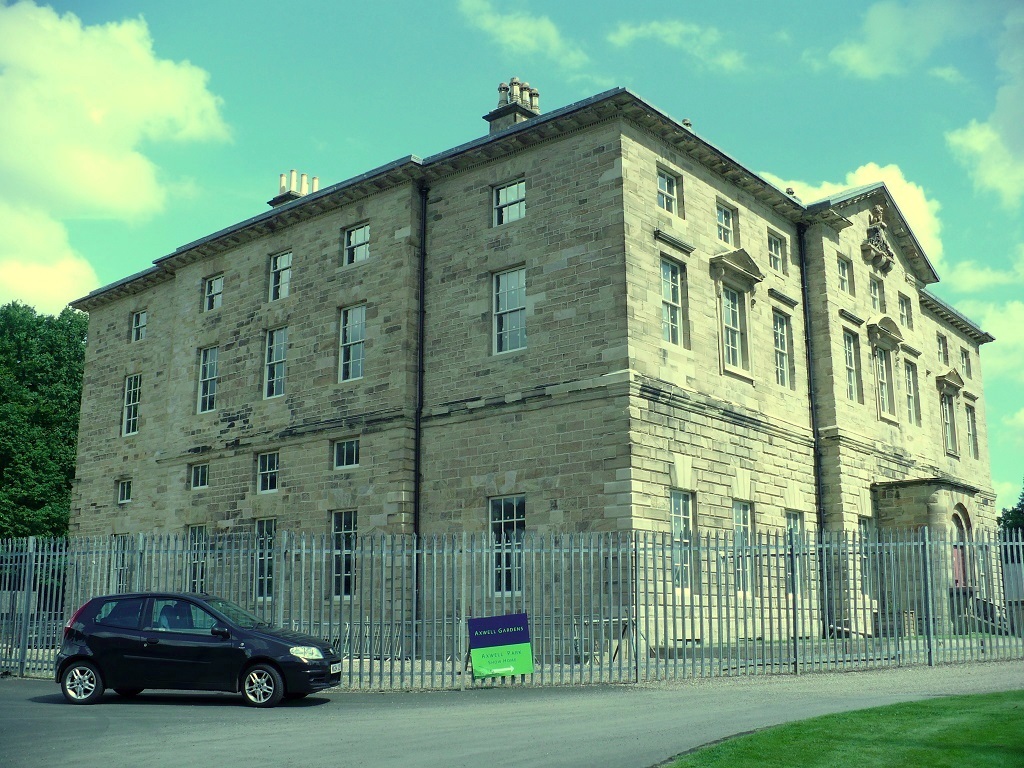
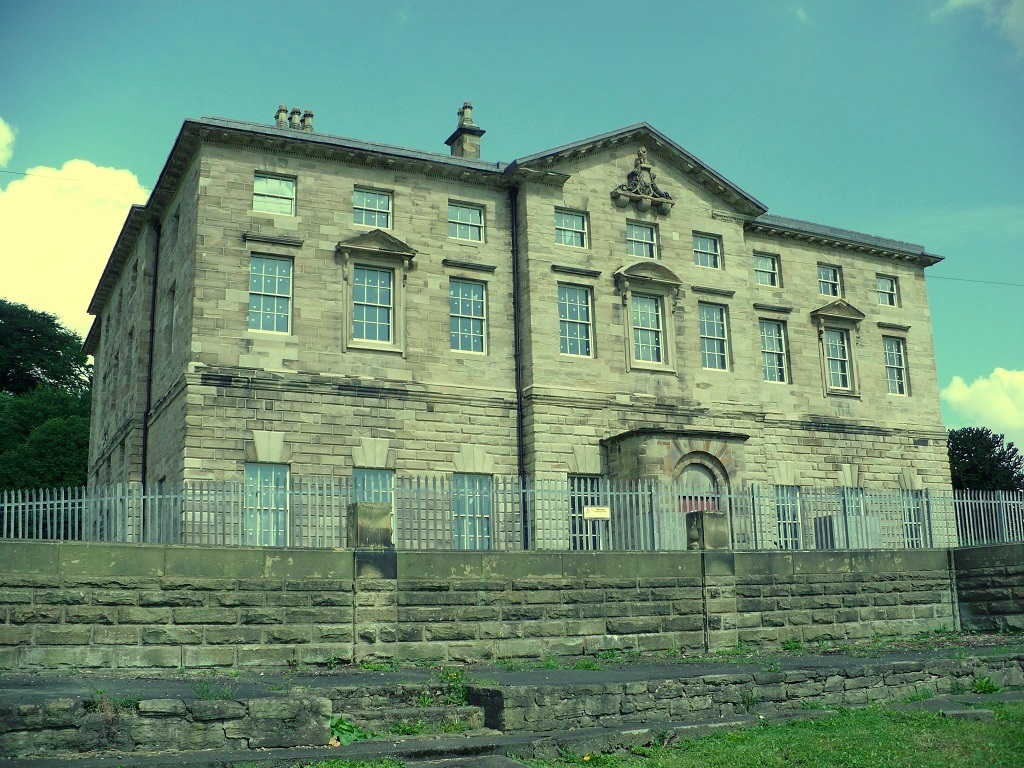
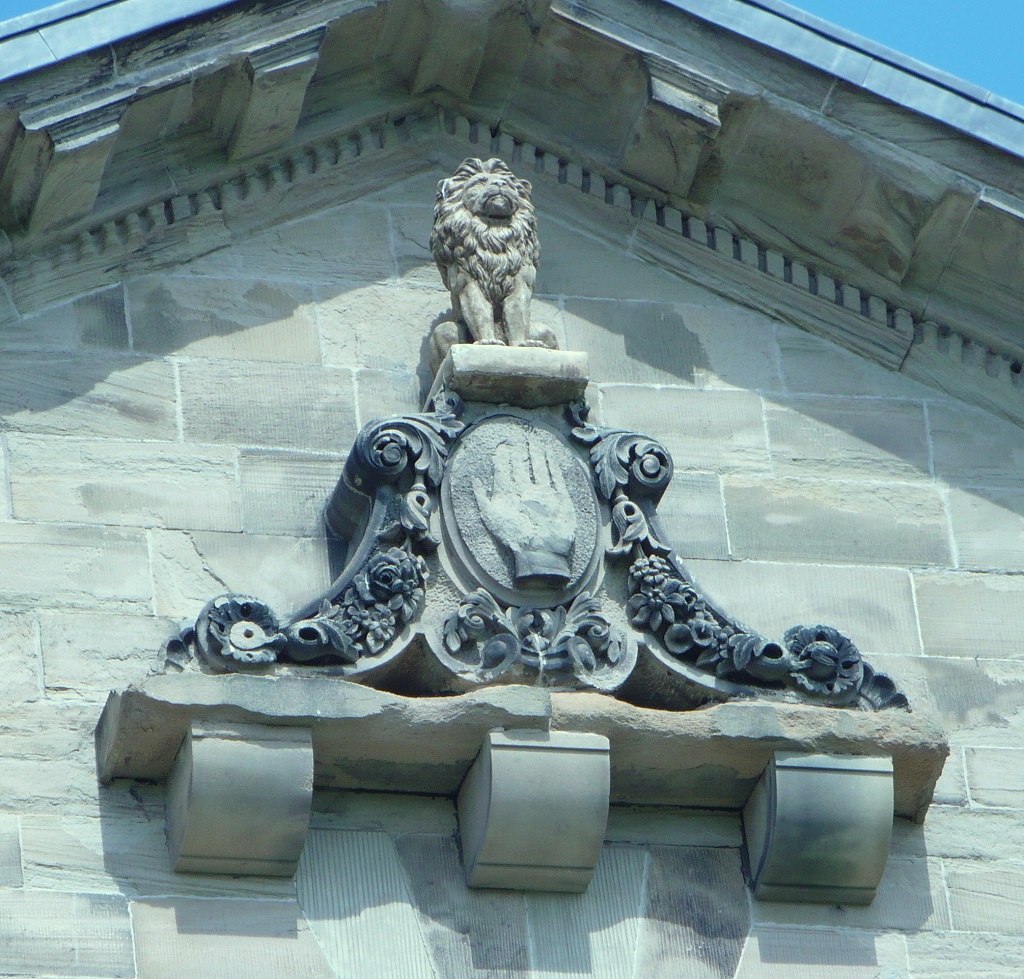
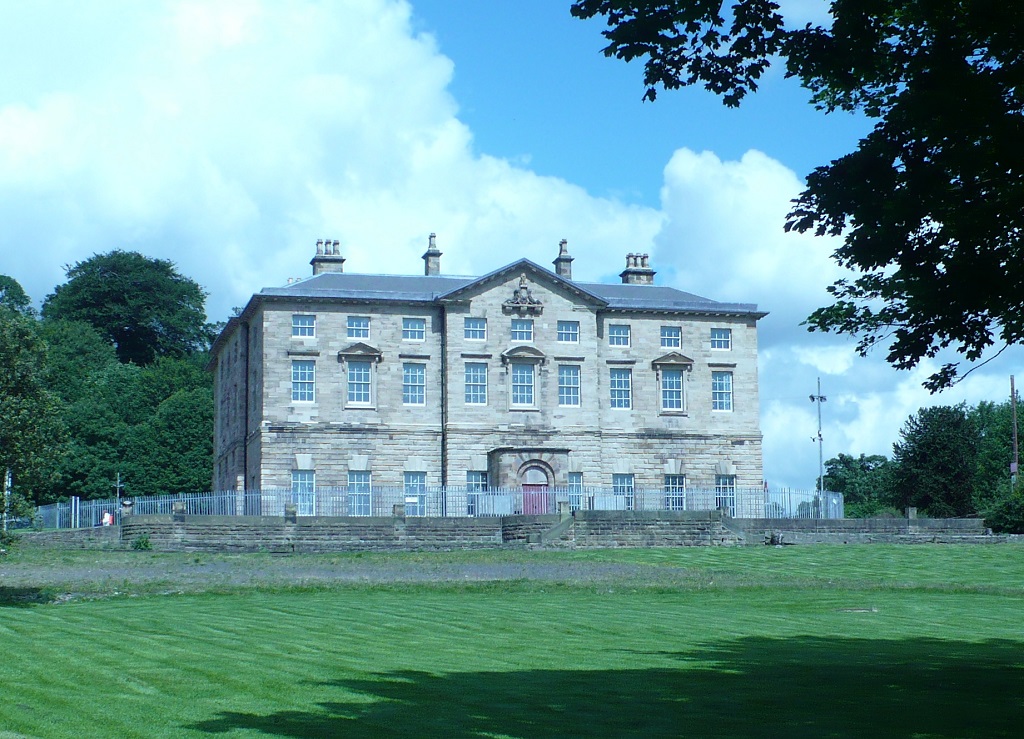
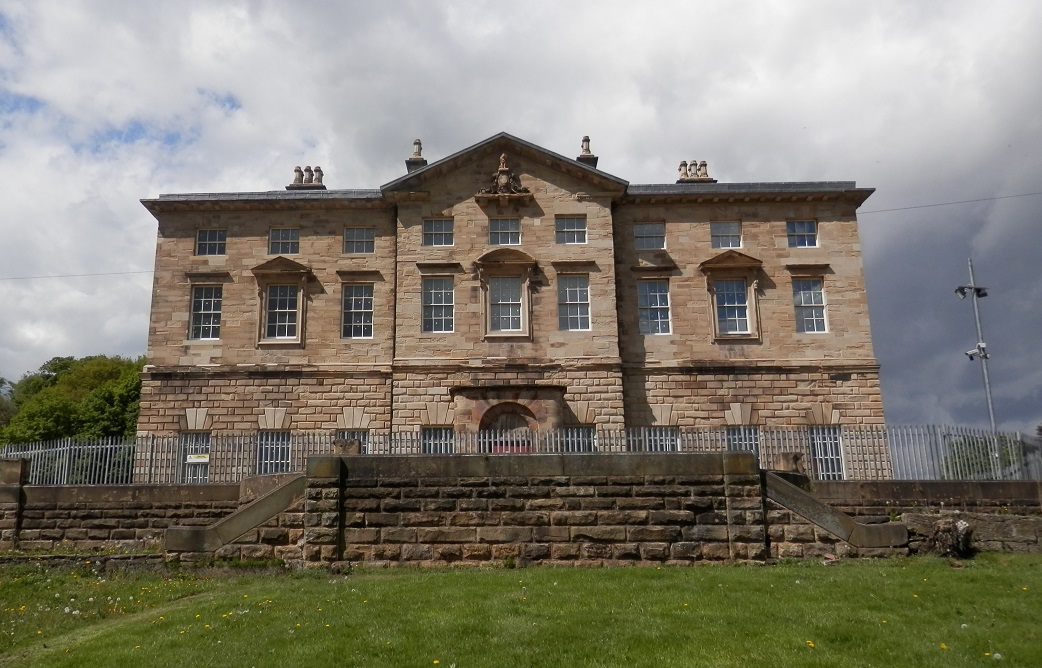
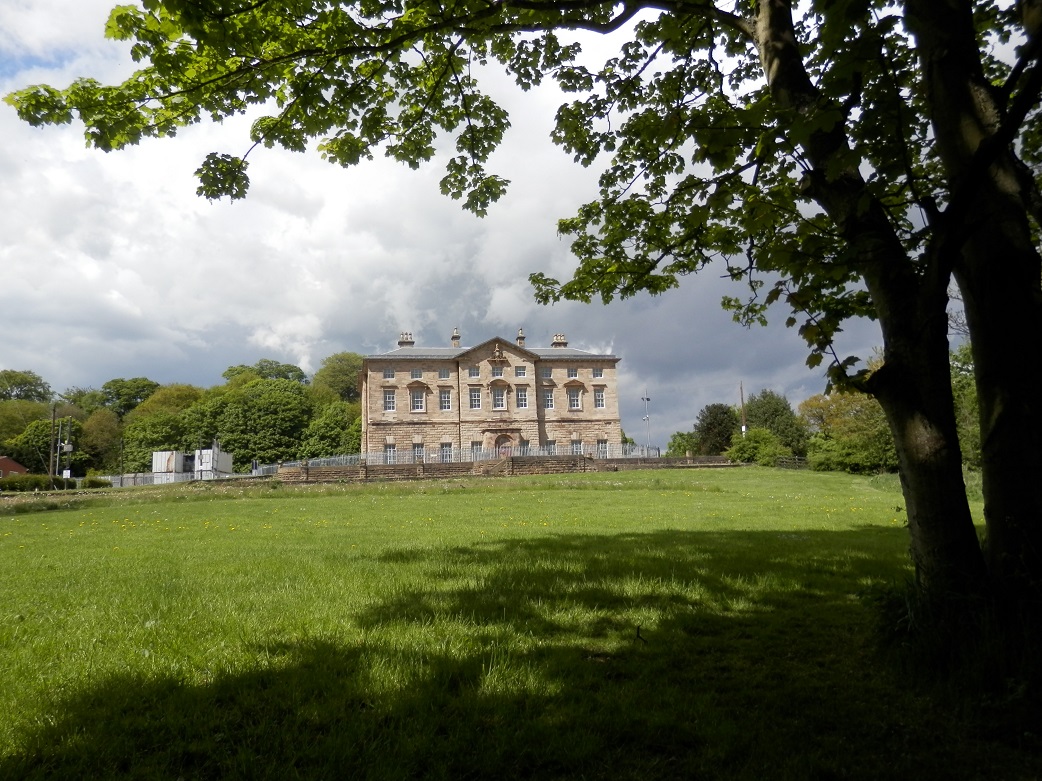
Below - the Clavering Bridge carried the old Gateshead/Hexham Turnpike road over the Derwent between Swalwell and Blaydon. It was commisioned by the Clavering family in 1760.
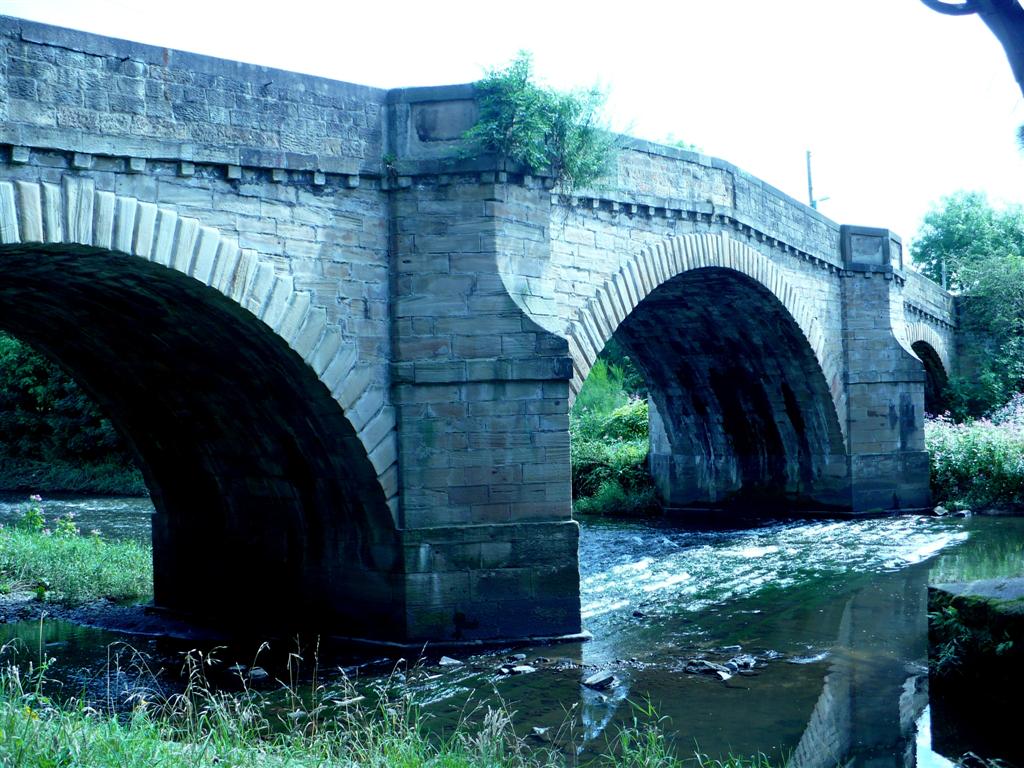
NOTE - Sir Henry Augustus Clavering is one of two 'Sirs' buried in the Blaydon locality, he being a baronet and the other a knight of the realm.
Sir Henry is buried at Blaydon Cemetery, Sir Joseph Cowen (1800 - 1873) is buried at St Paul's Churchyard, Winlaton. Their backgrounds couldn't be more different. The former was landed gentry tracing ancestry back to Norman nobility (de Clavering) moving to England following the Norman invasion of 1066. Joseph Cowen Snr was a working class Crowley blacksmith, a self made man who became a workers' leader, then a mine and land owning business man and eventually, an MP. It does bring up the intriguing question of whether they had dealings with one another, although Sir Henry was more a contemporary of Cowen's son, Joe Cowen Jnr. (1829 - 1900) who also became an MP. Bearing in mind their commercial backgrounds it seems almost inevitable they would have, although Cowen's strong republican and radical political views would have been in direct opposition.
Sincere thanks to Dig Hastilow for supplying information on the Napier-Clavering family and the period between the death of Sir Henry Augustus Clavering, 10th and final Baronet, in 1893 and the use of the Axwell Hall as an industrial school in 1922. Also for supplying lovely photos from that time including those of the ornate drive entrance gates. Helene Margaret Napier-Clavering was his grandmother. These photos are Dig's copyright and must not be reproduced without his permission.
AXWELL UPDATE - 1st May 2021
Whilst the block of new apartments adjacent to the hall were completed some years ago, the work on the hall itself was not completed. Some vital structural work was done so that the building and its roof are sound but the interior work all still needs to be done. The hall is under new ownership and this work is now due to commence. The photos below show things as they are on 01/05/2021. The building still looks magnificent.
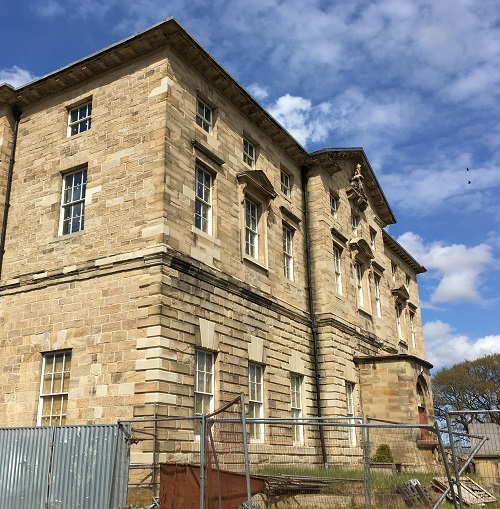
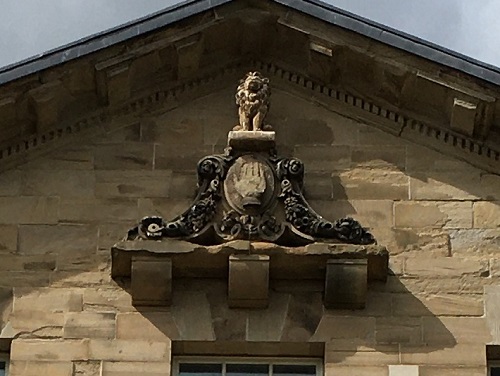
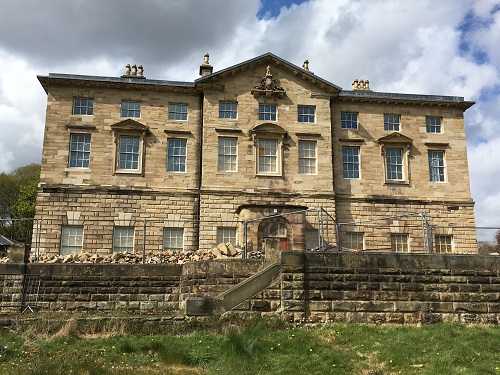
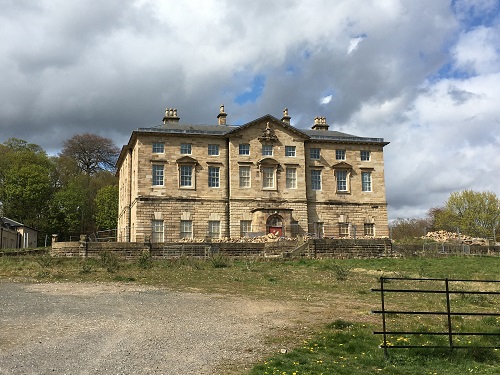
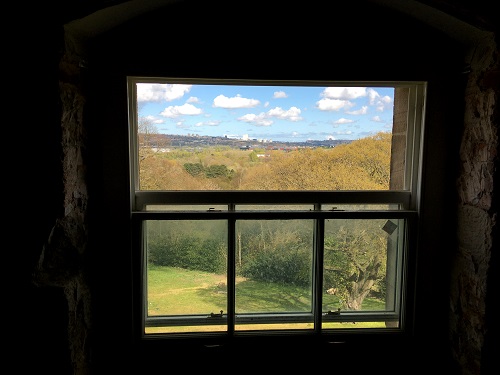
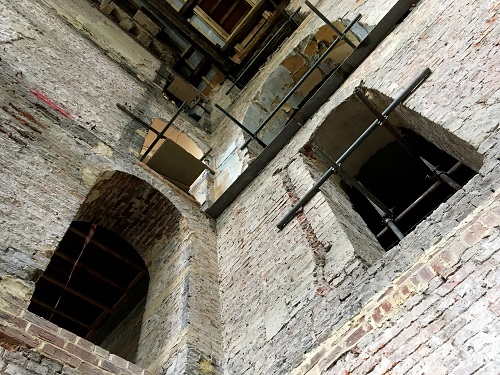
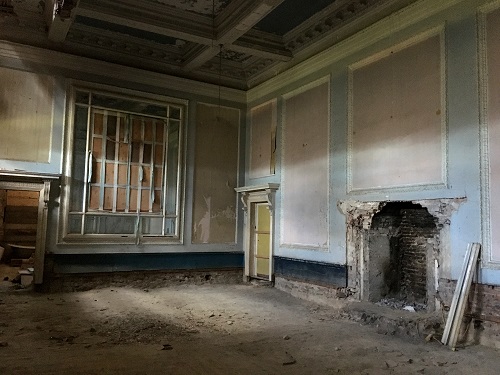
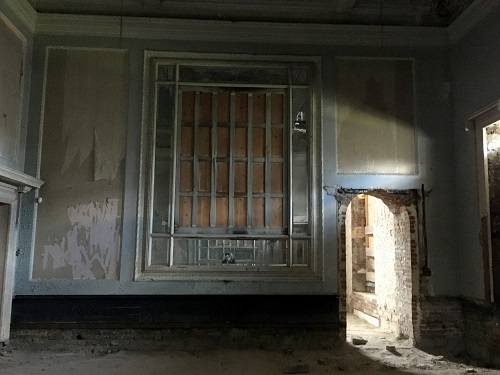
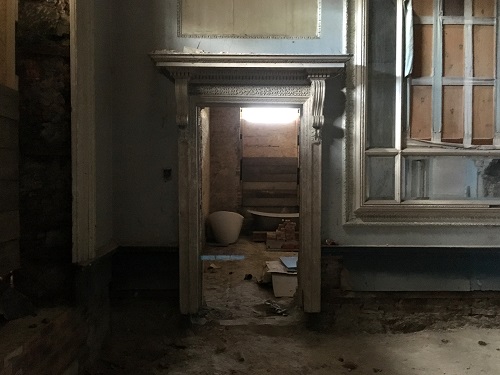
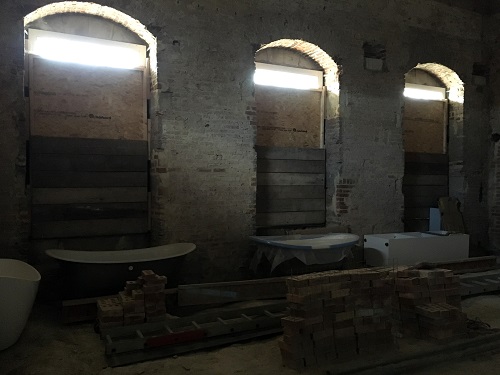
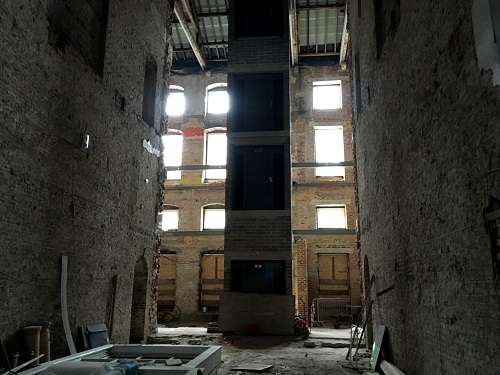
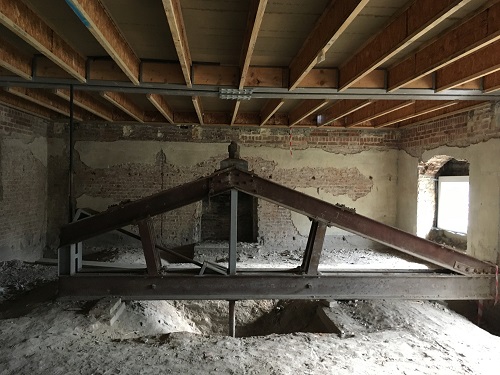
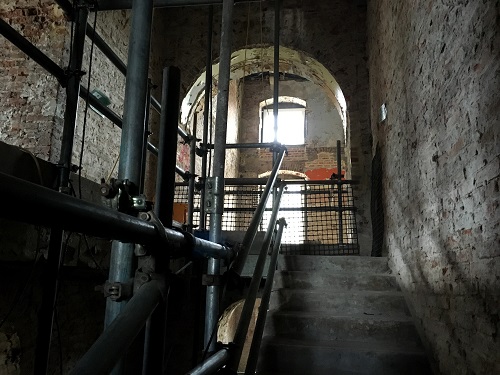
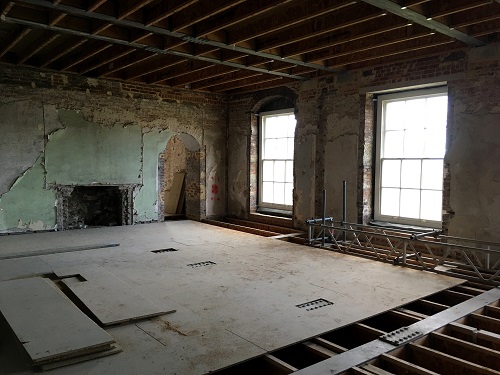
While walking through Blaydon on 4th August 2021 I noticed that St. Cuthbert's Church Hall on Shibdon Road has a commemorative stone laid by Colonel CW Napier-Clavering in 1912 when it was built. See photo below.
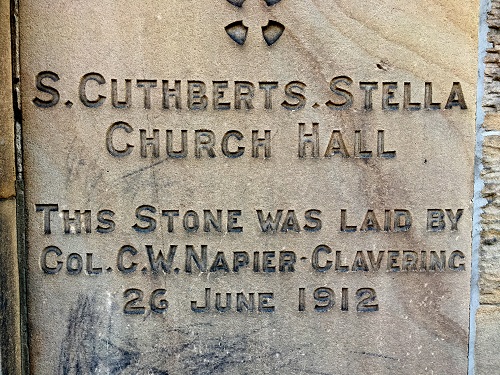
Roly Veitch
Updated 6th August 2021
For more information on our local area history, our unique dialect, our wealth of dialect songs and other topics please visit the home page menu - link below.
Back to Home Page